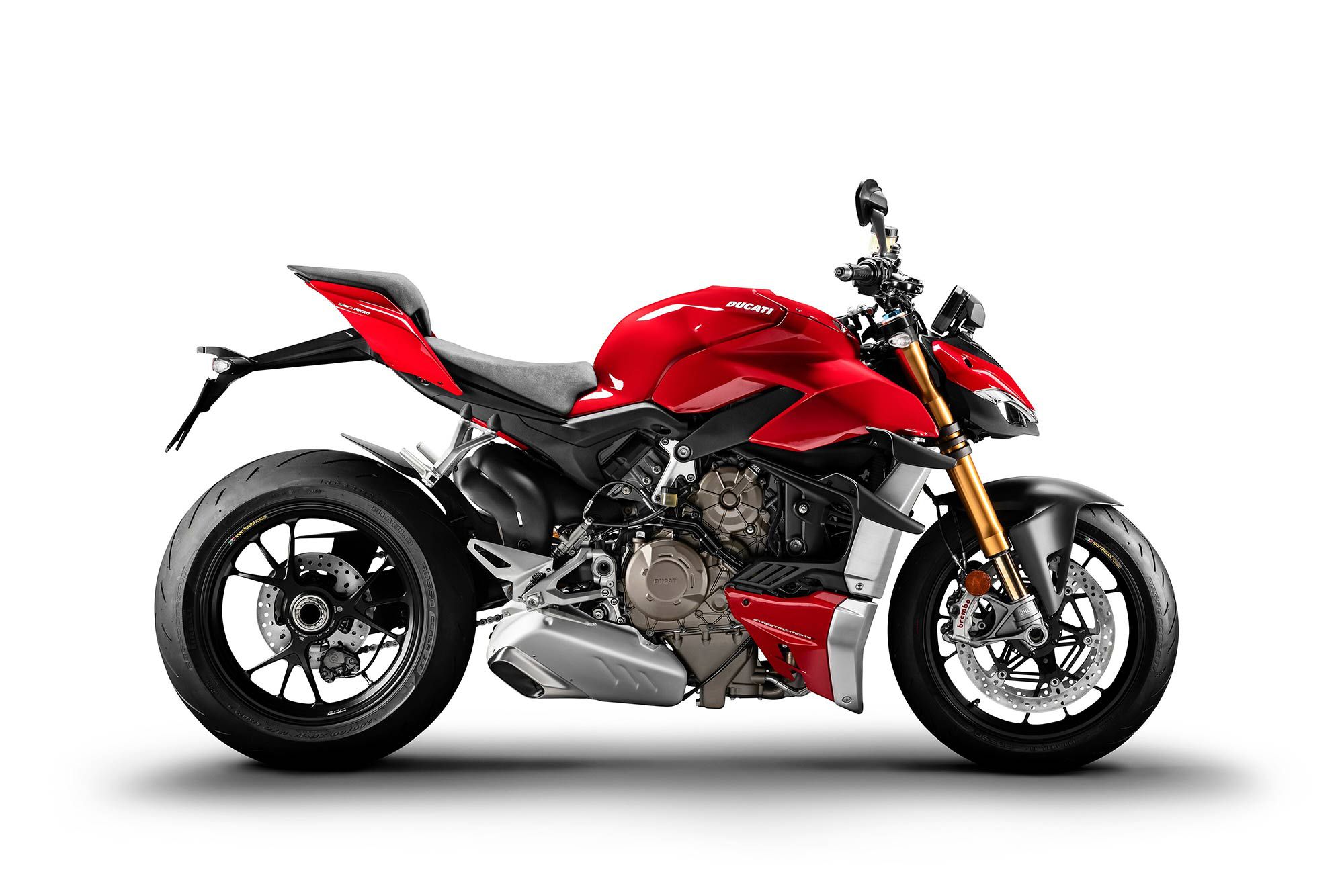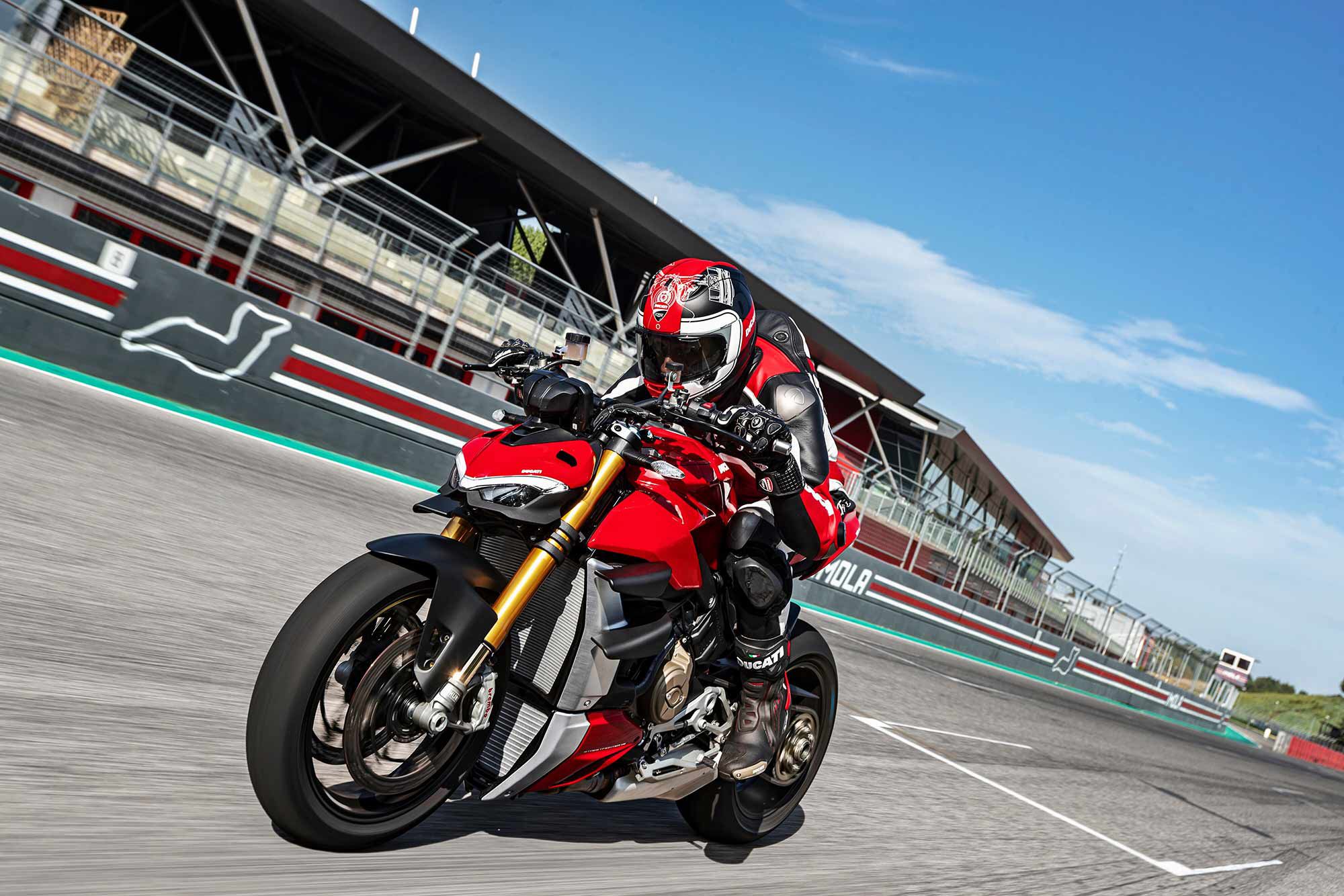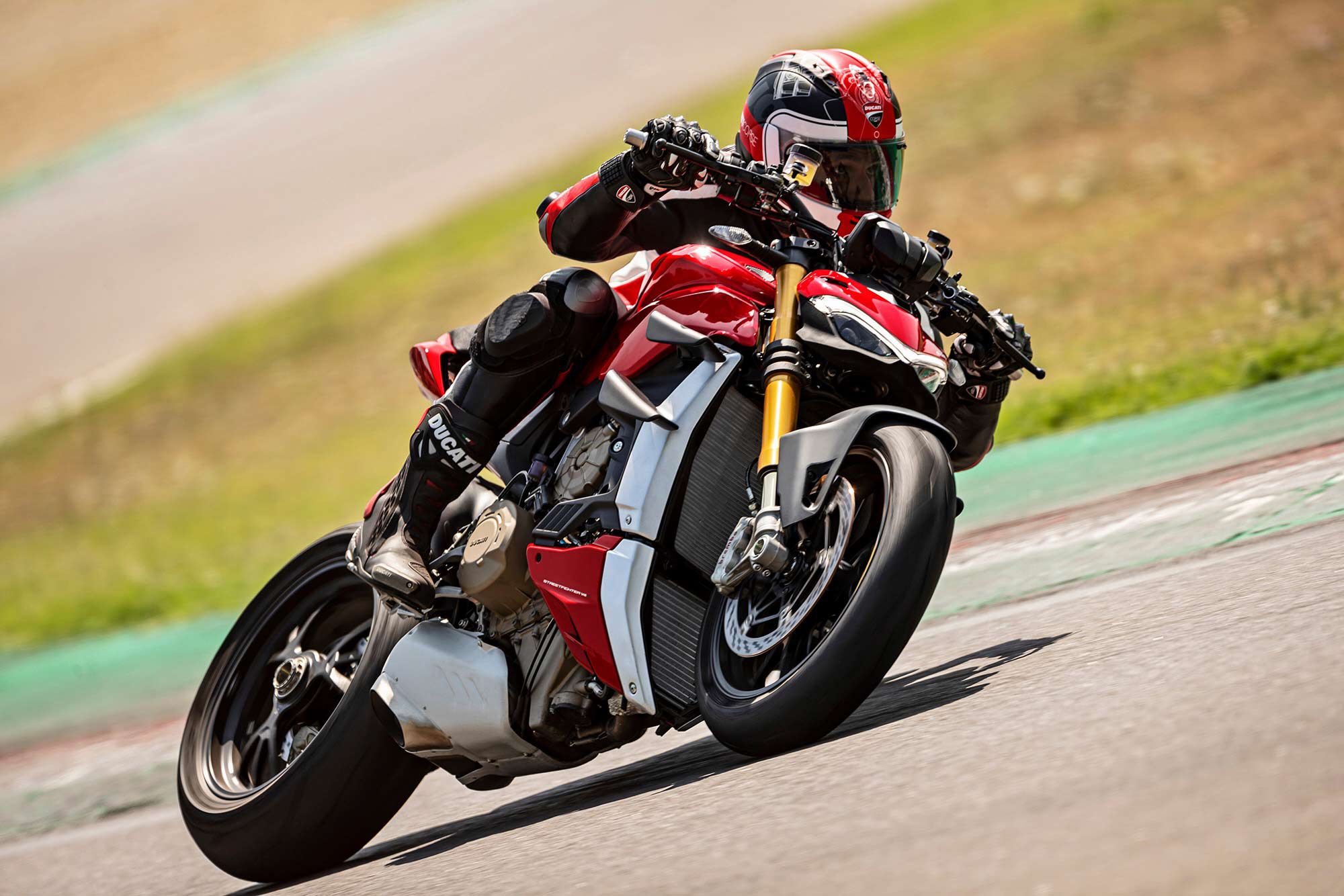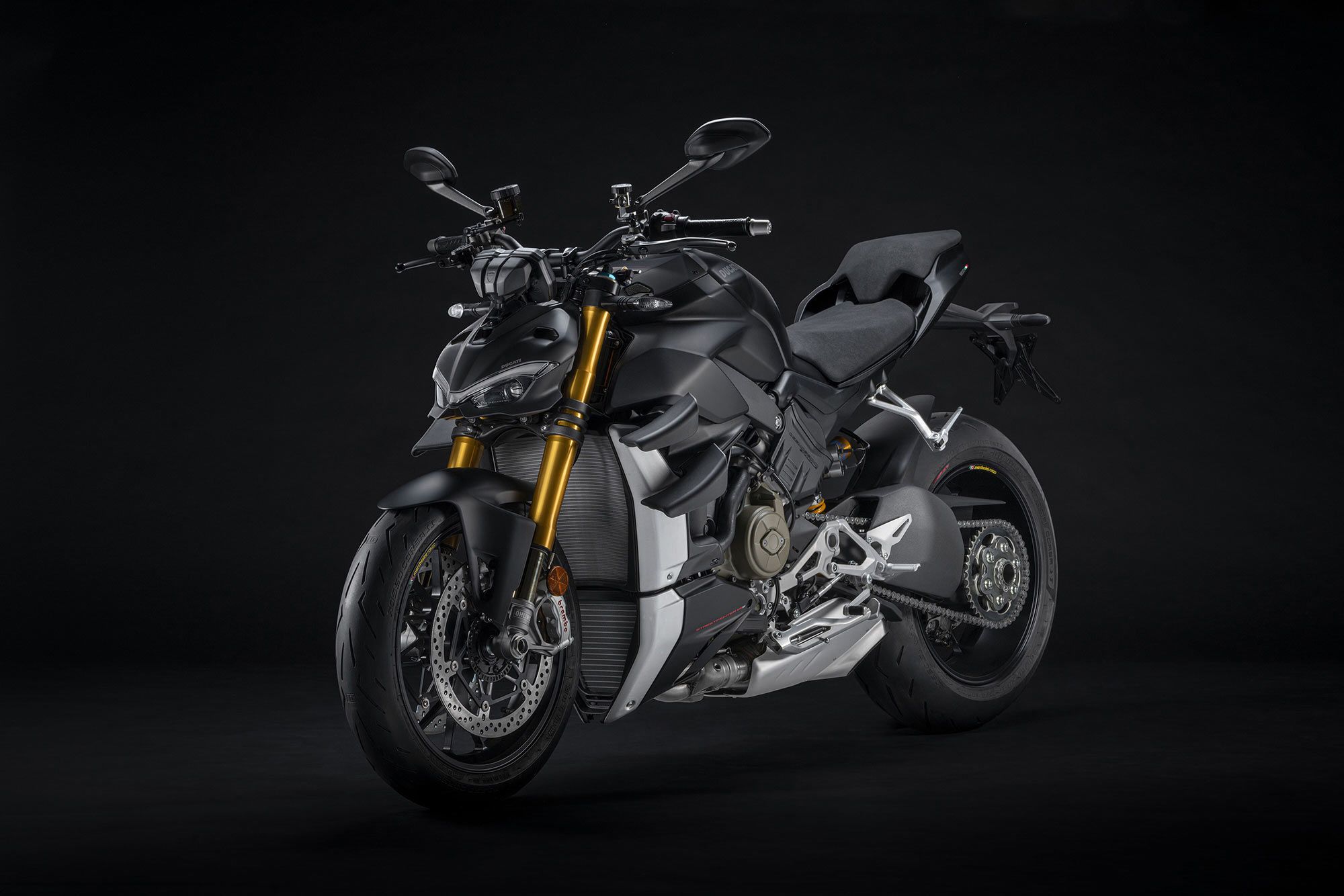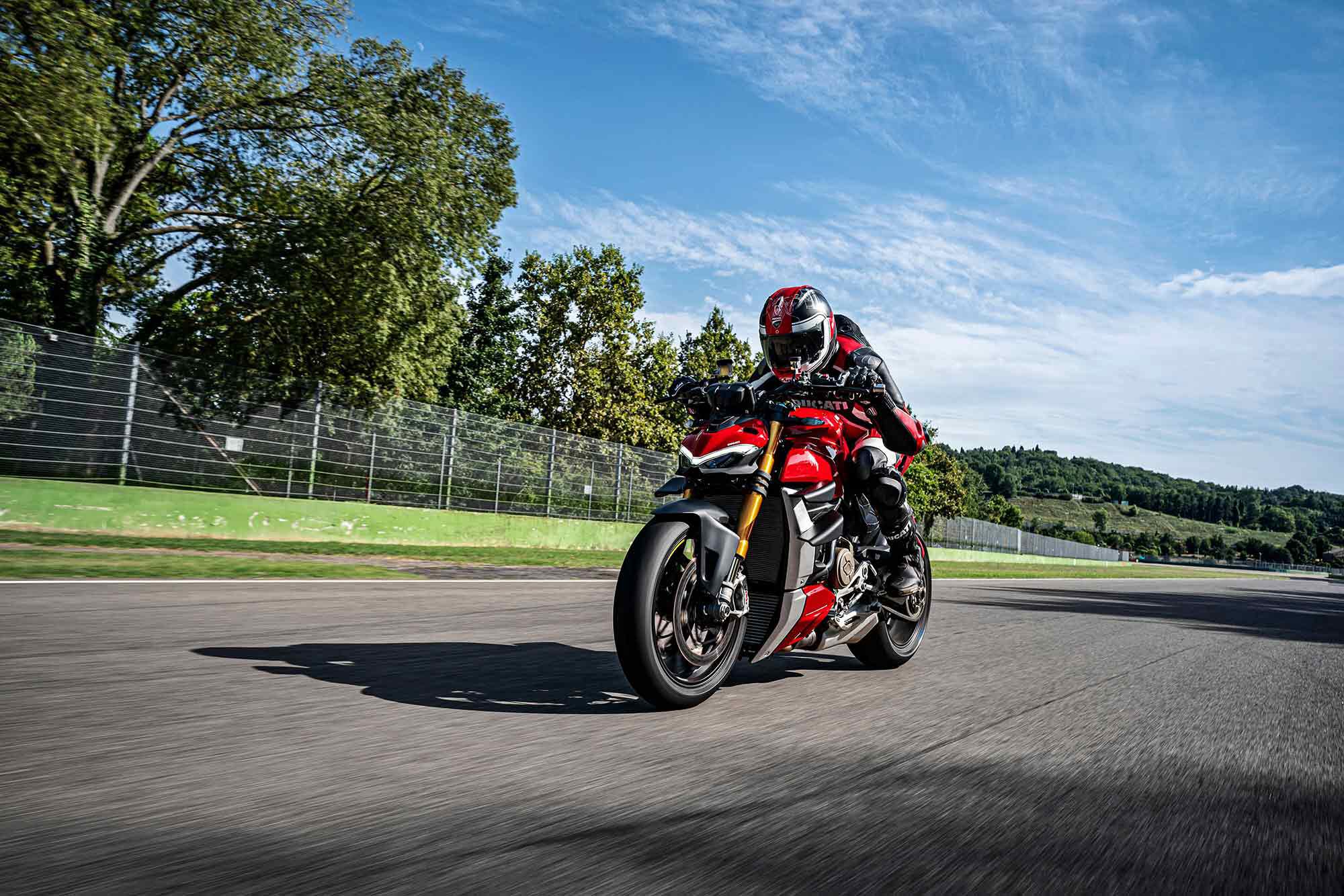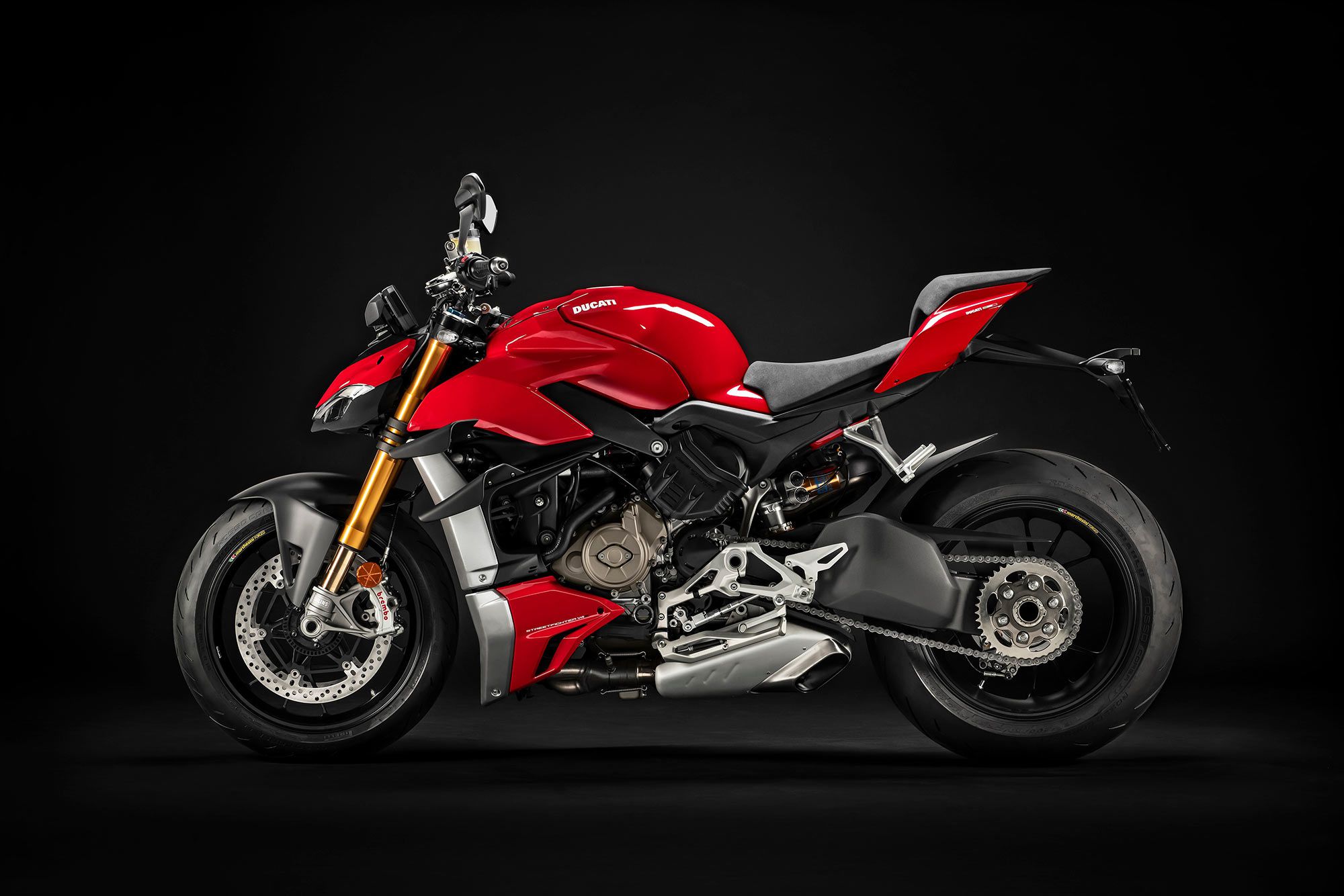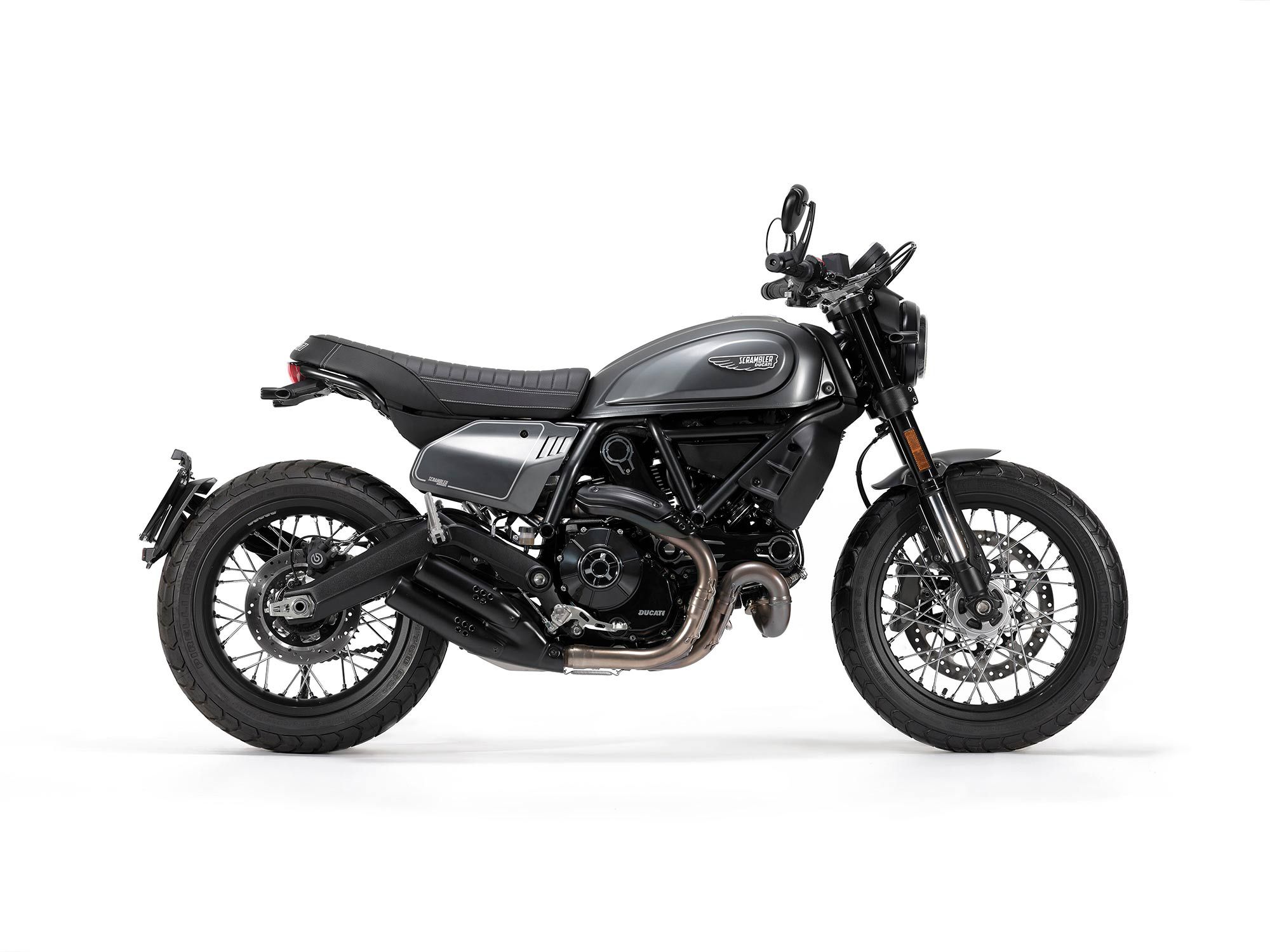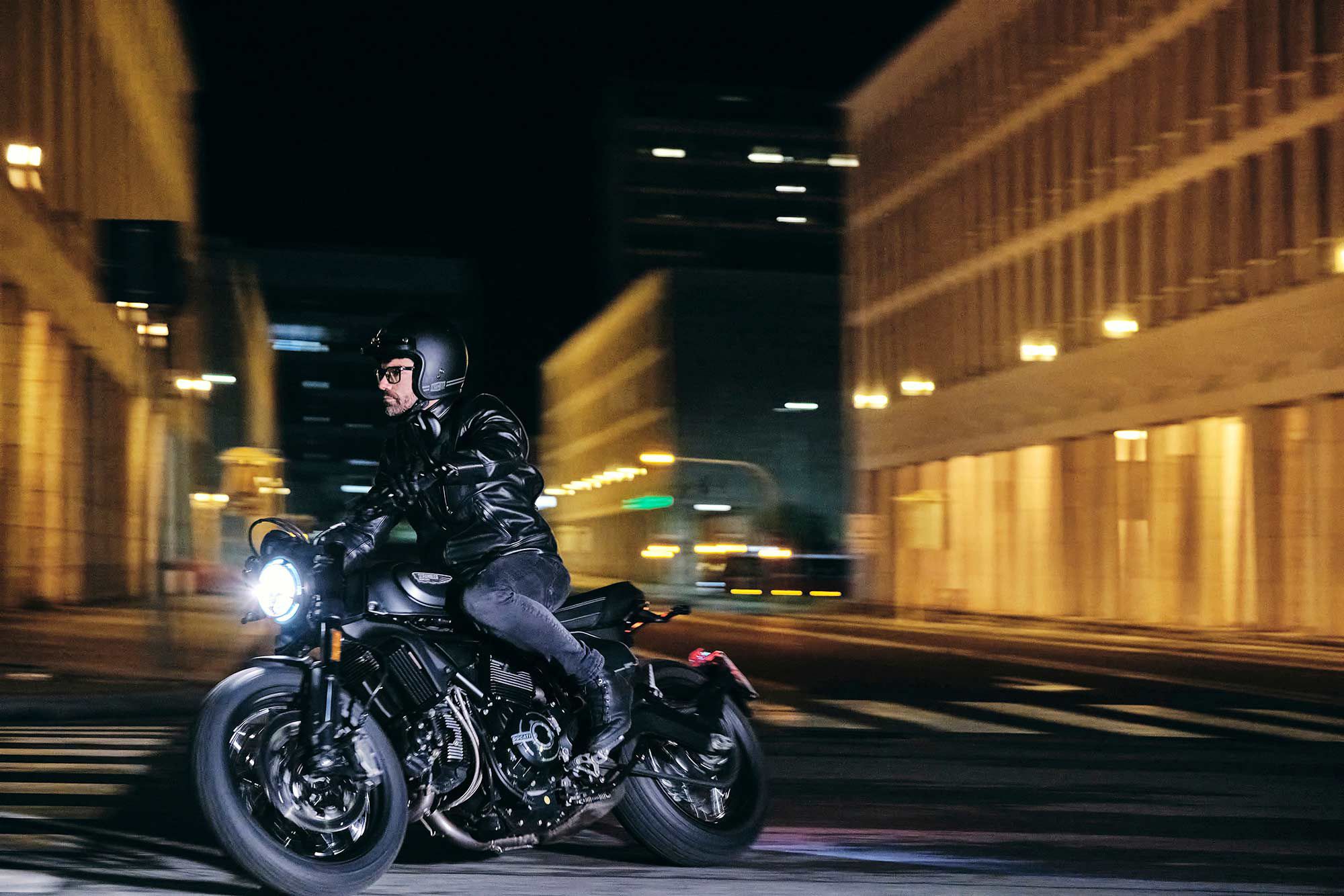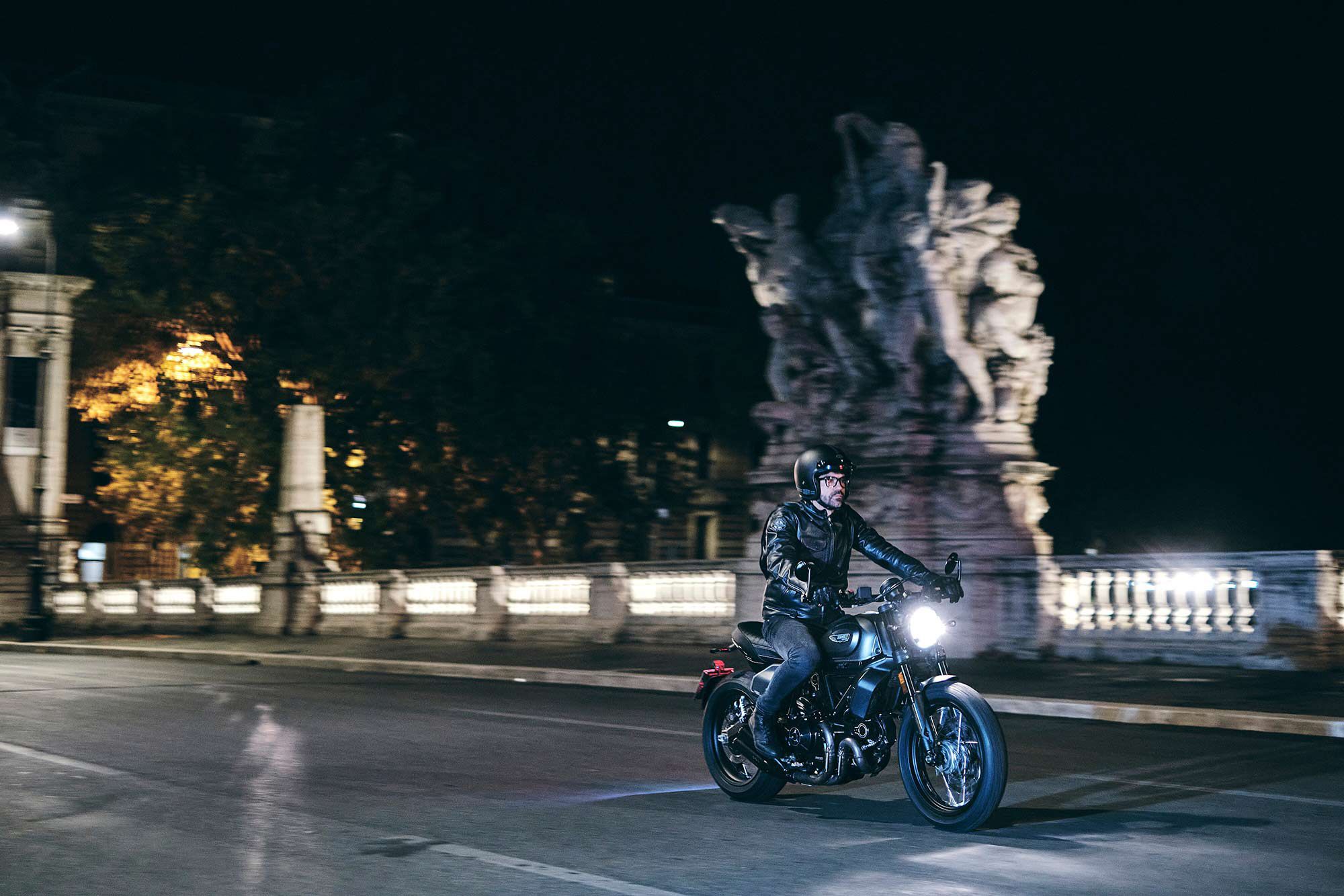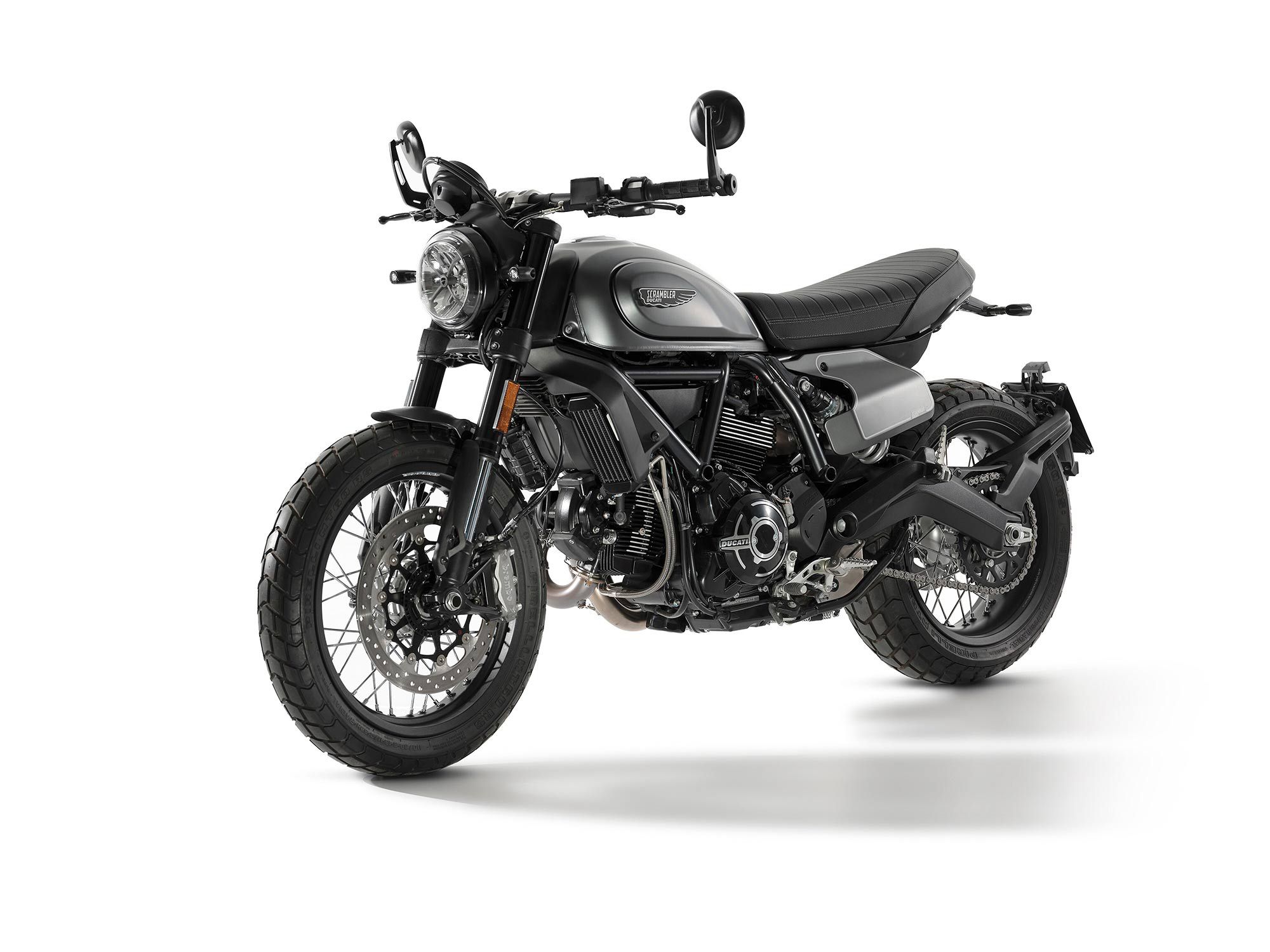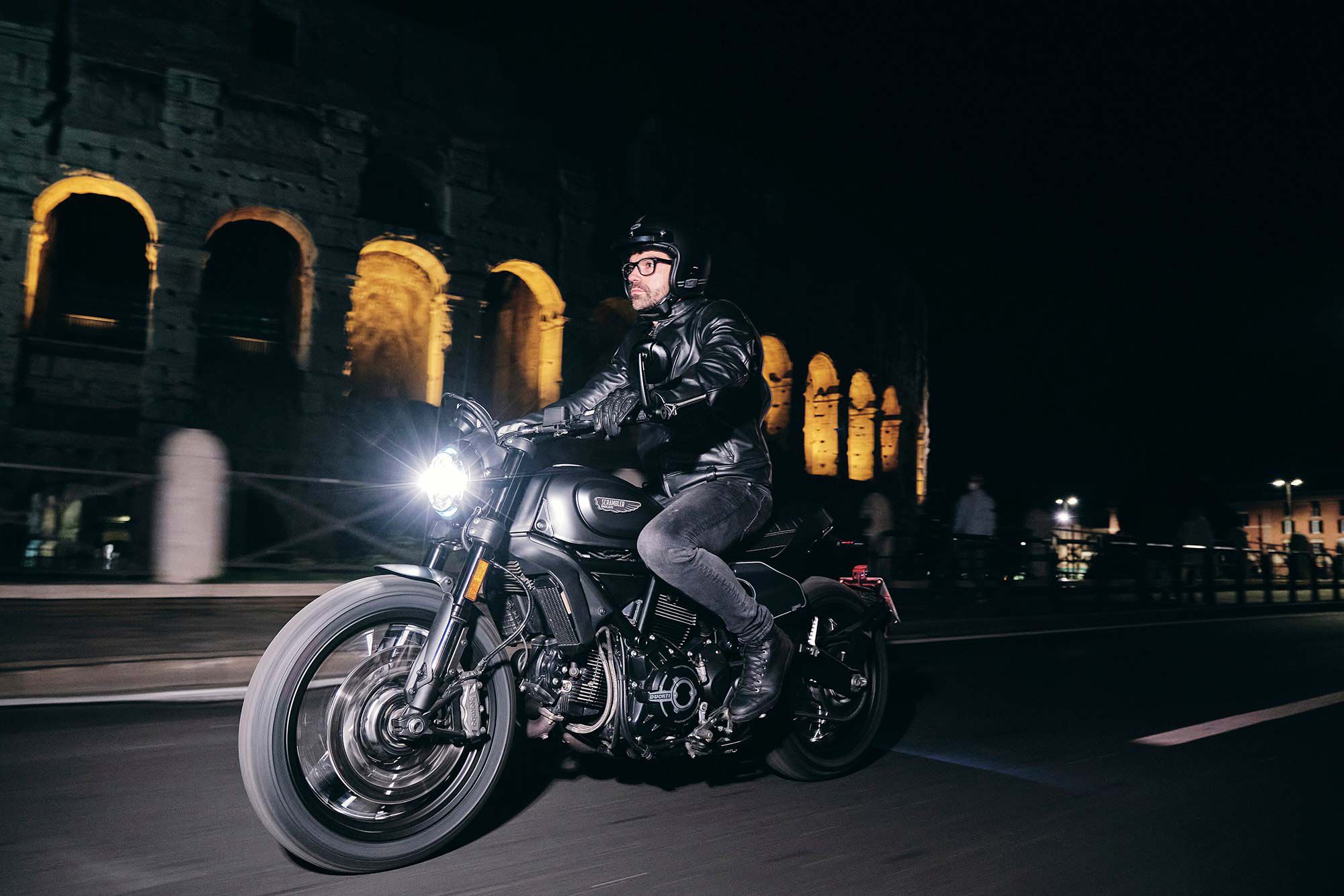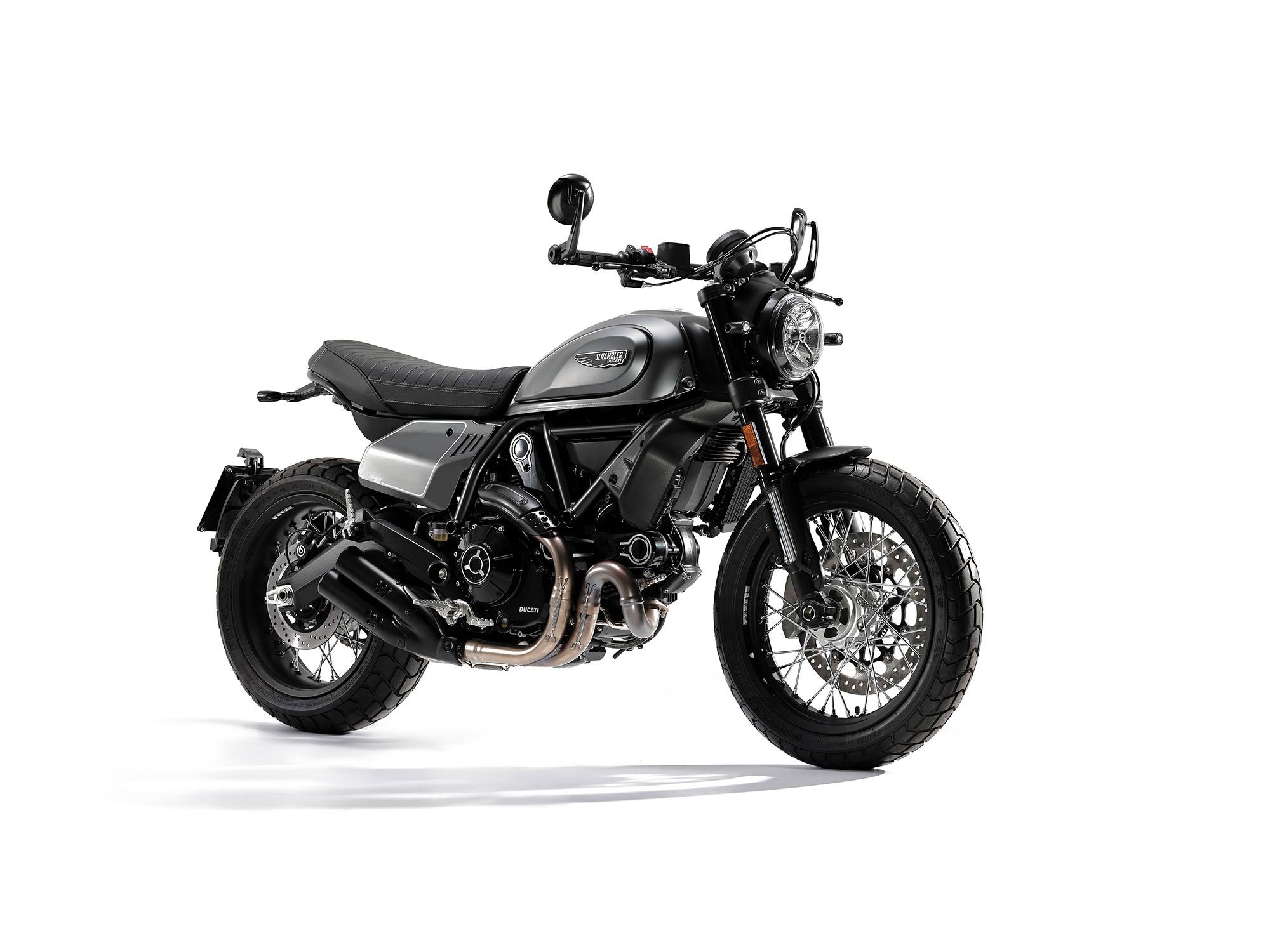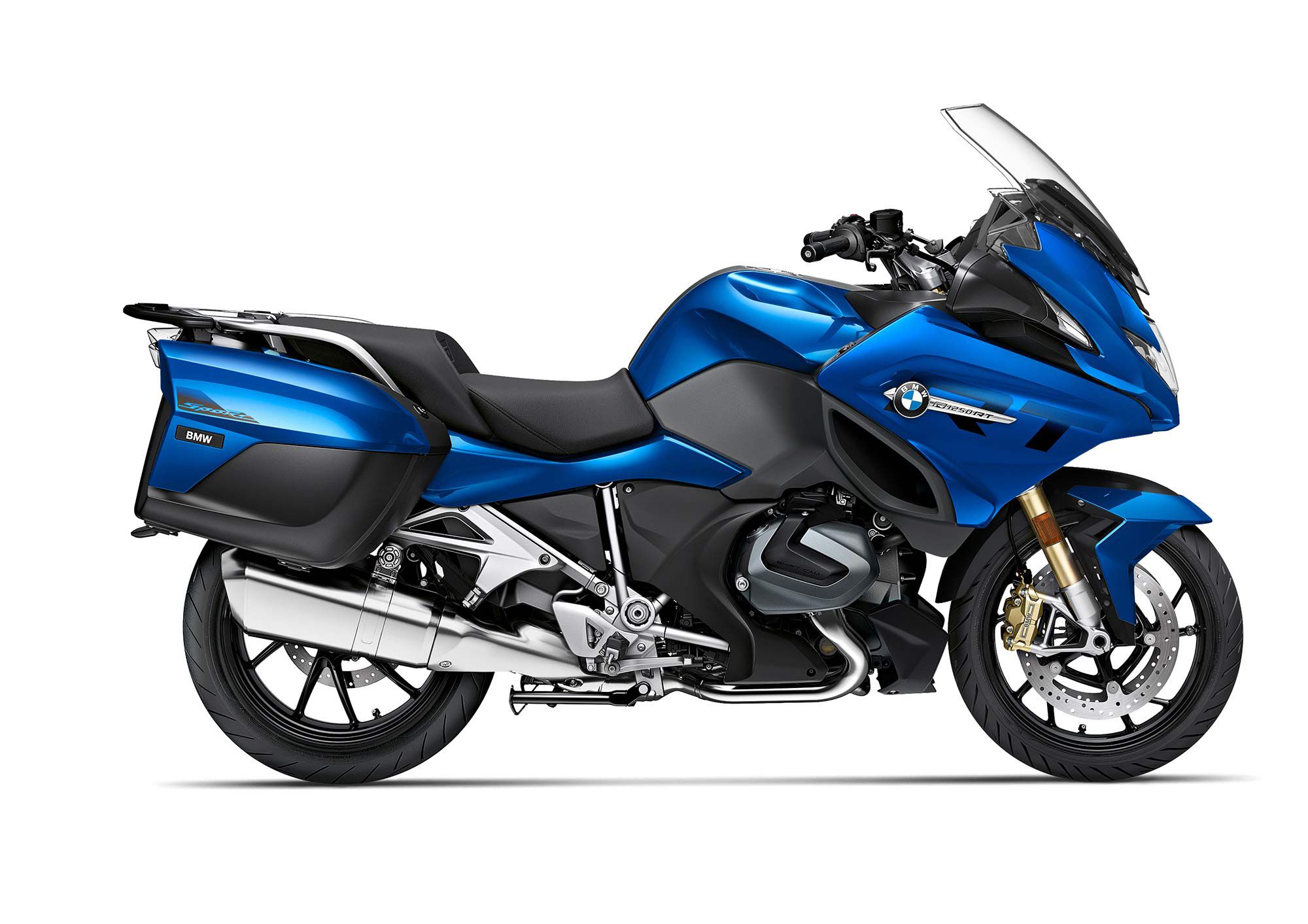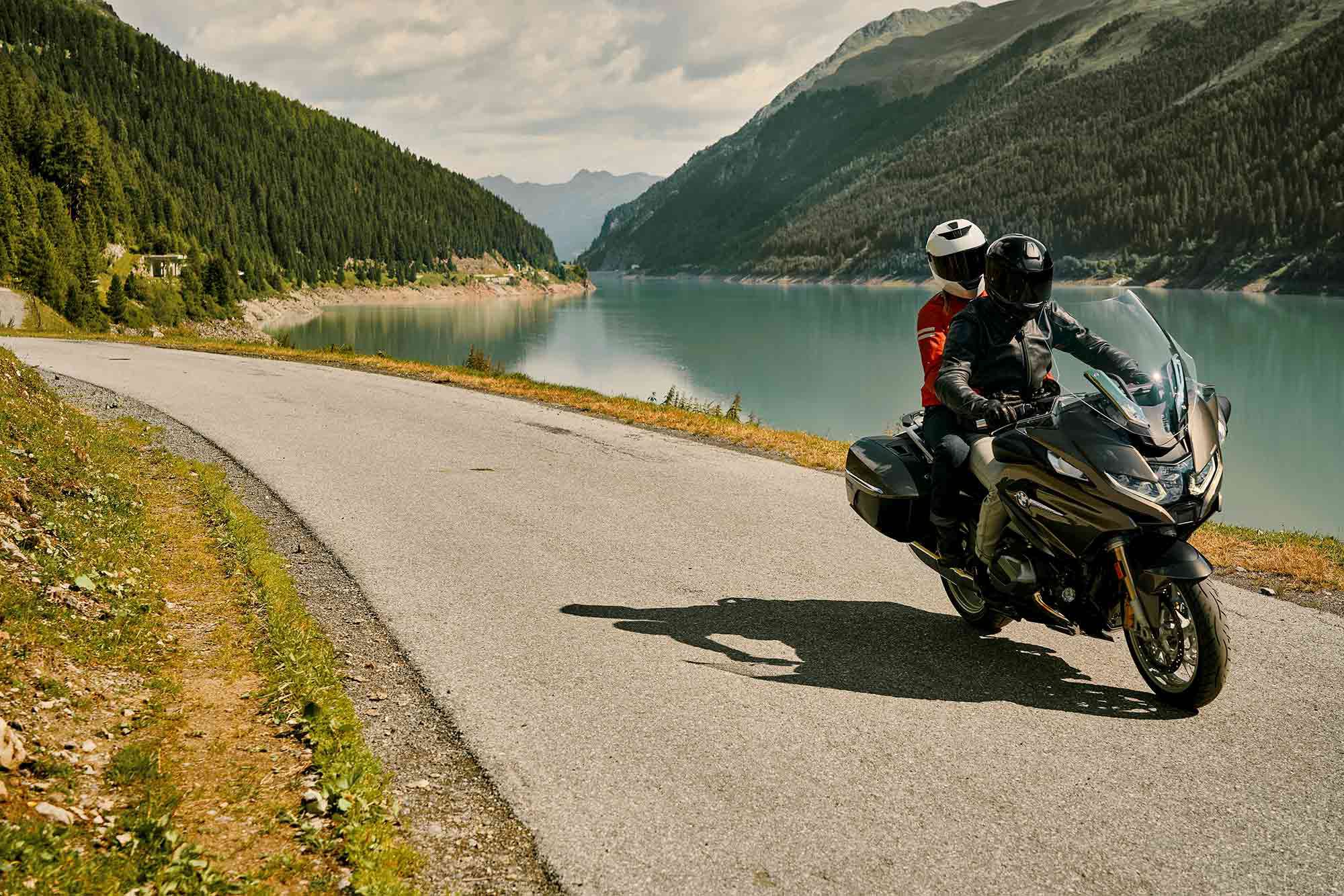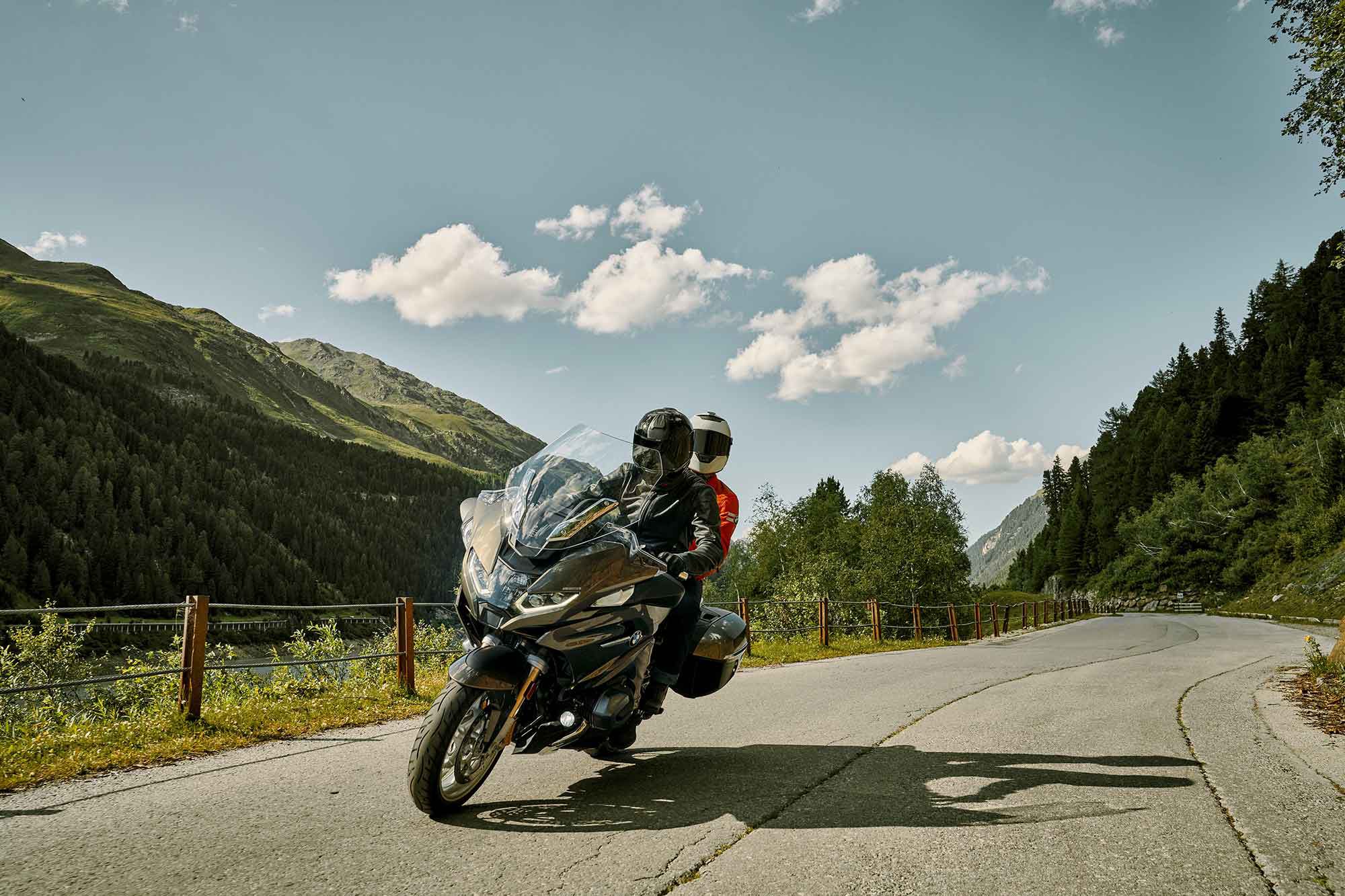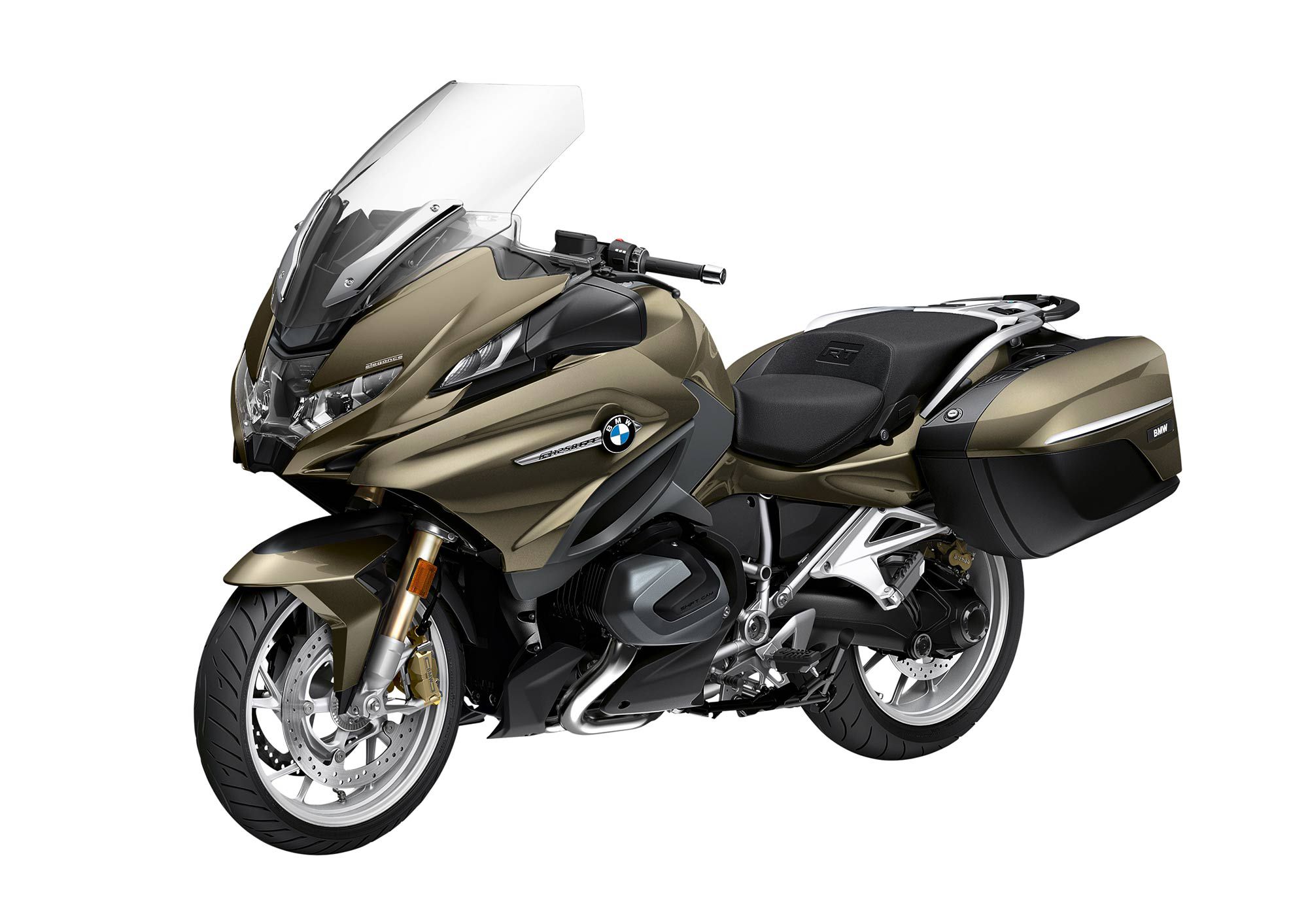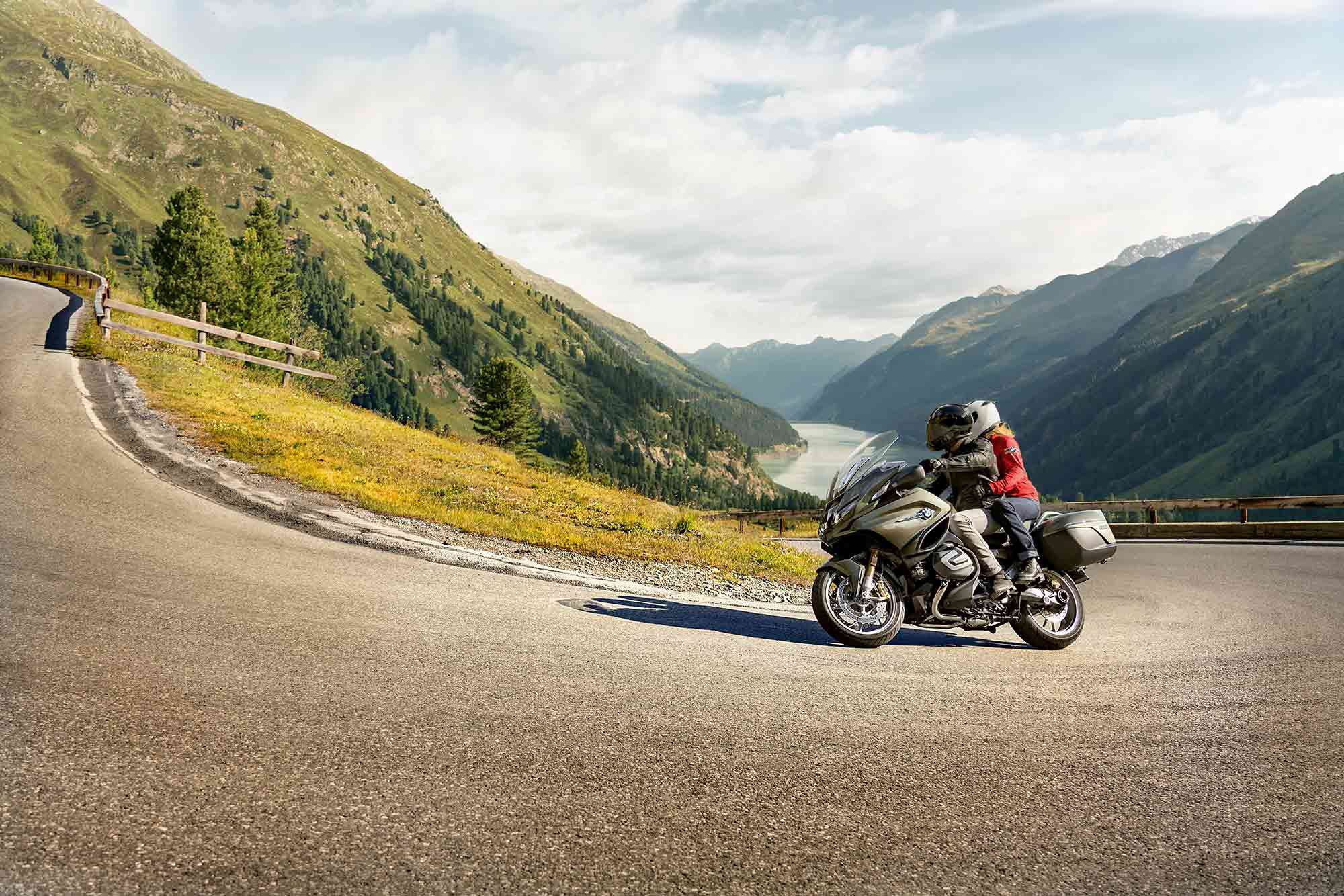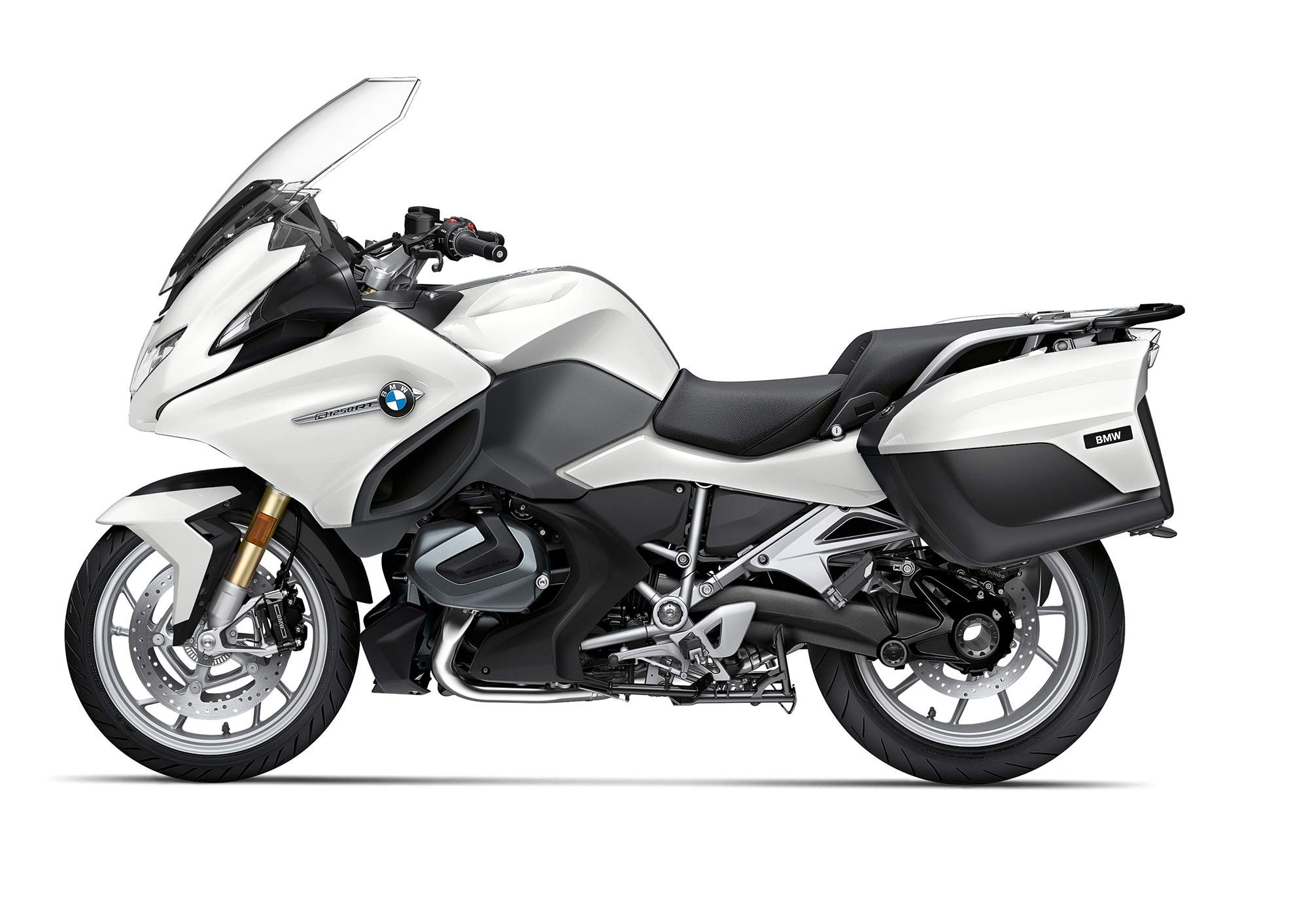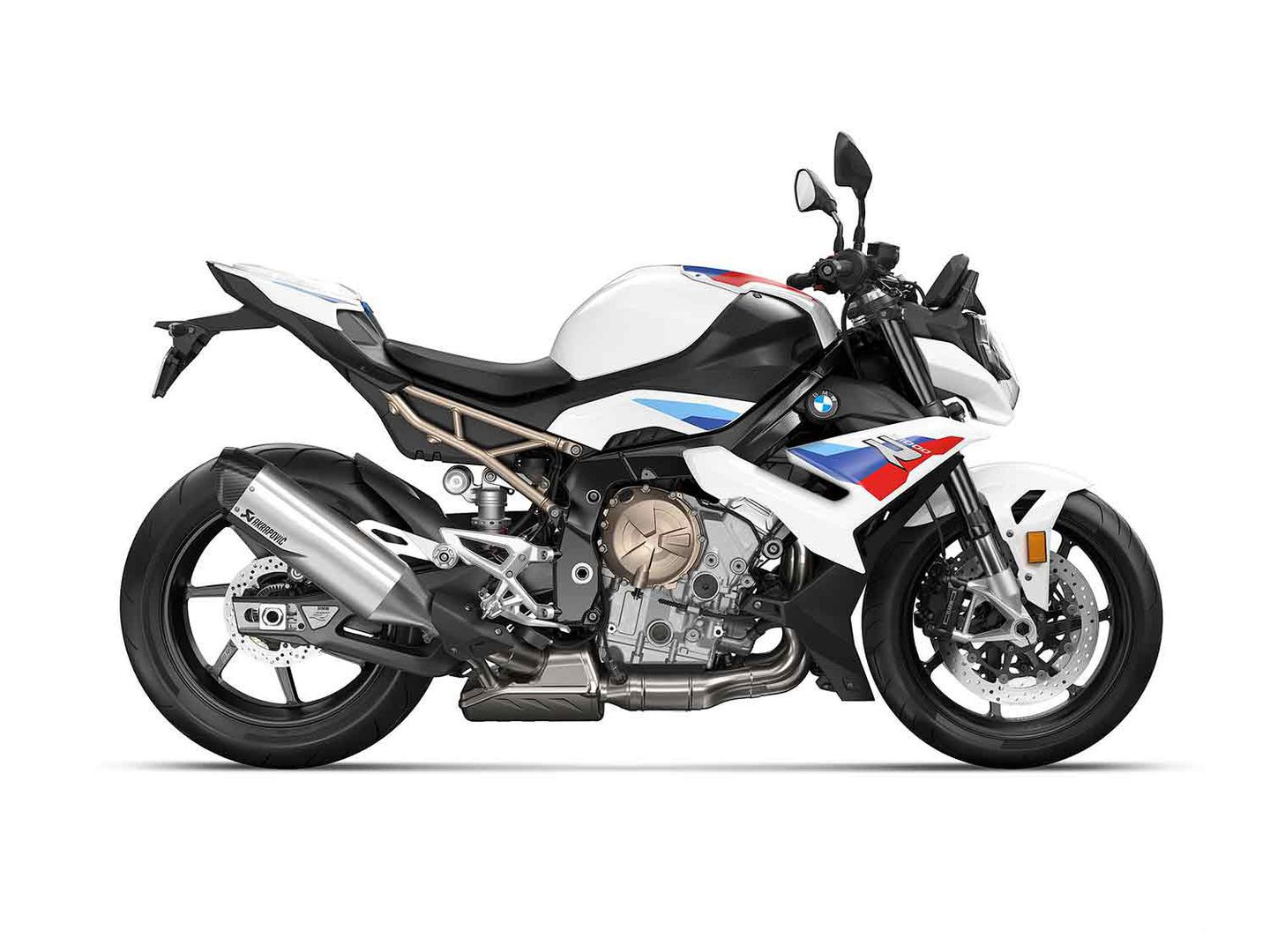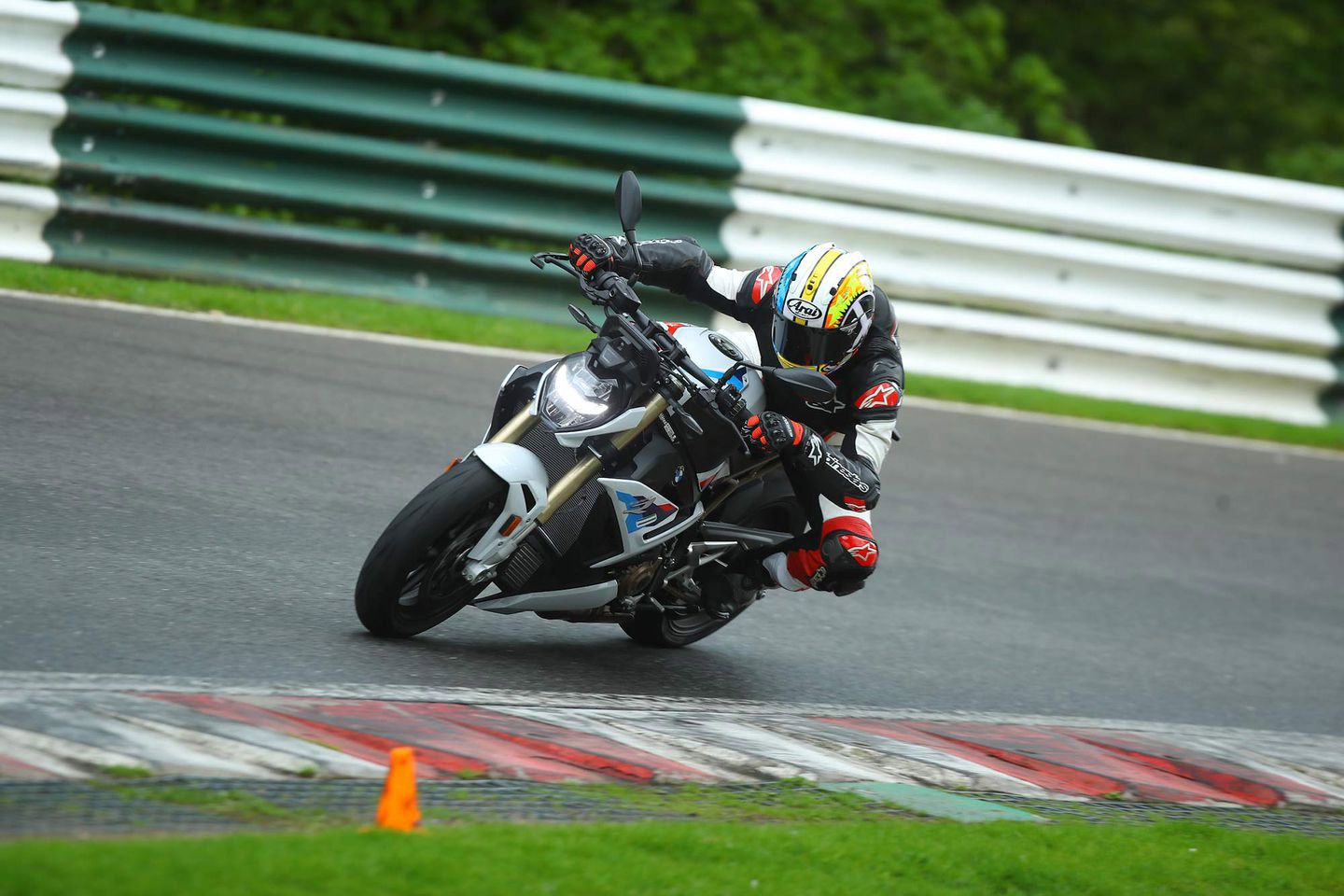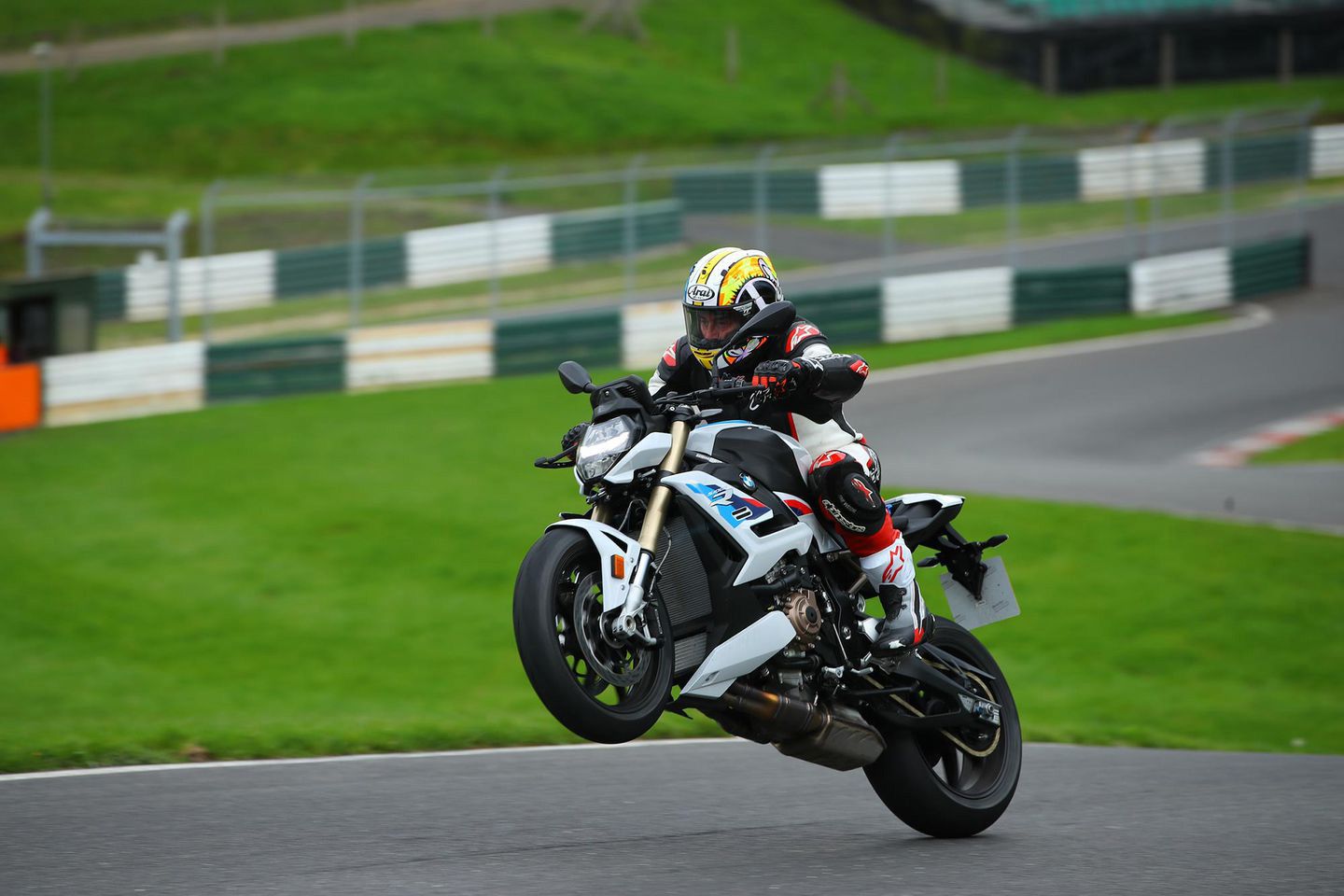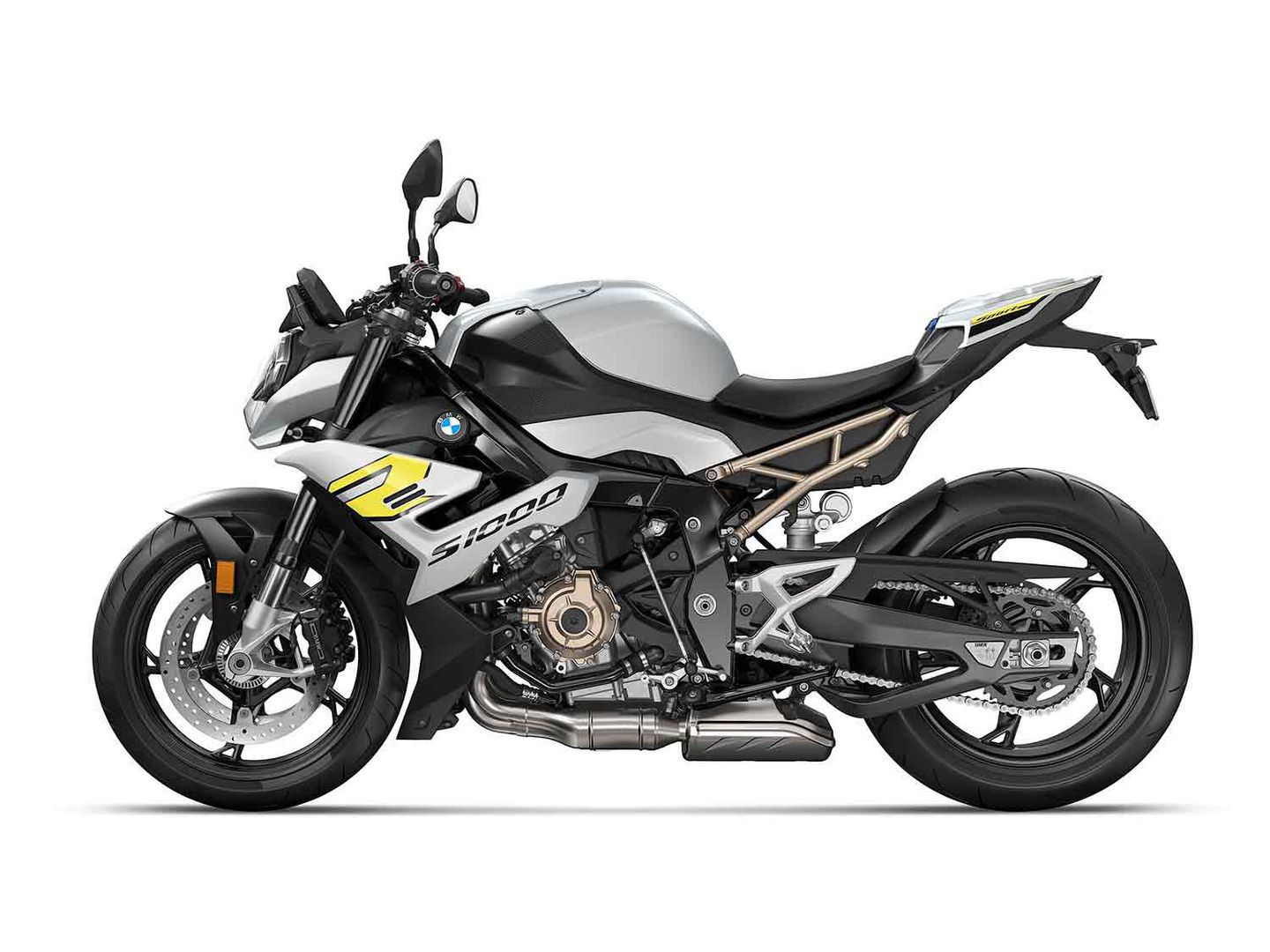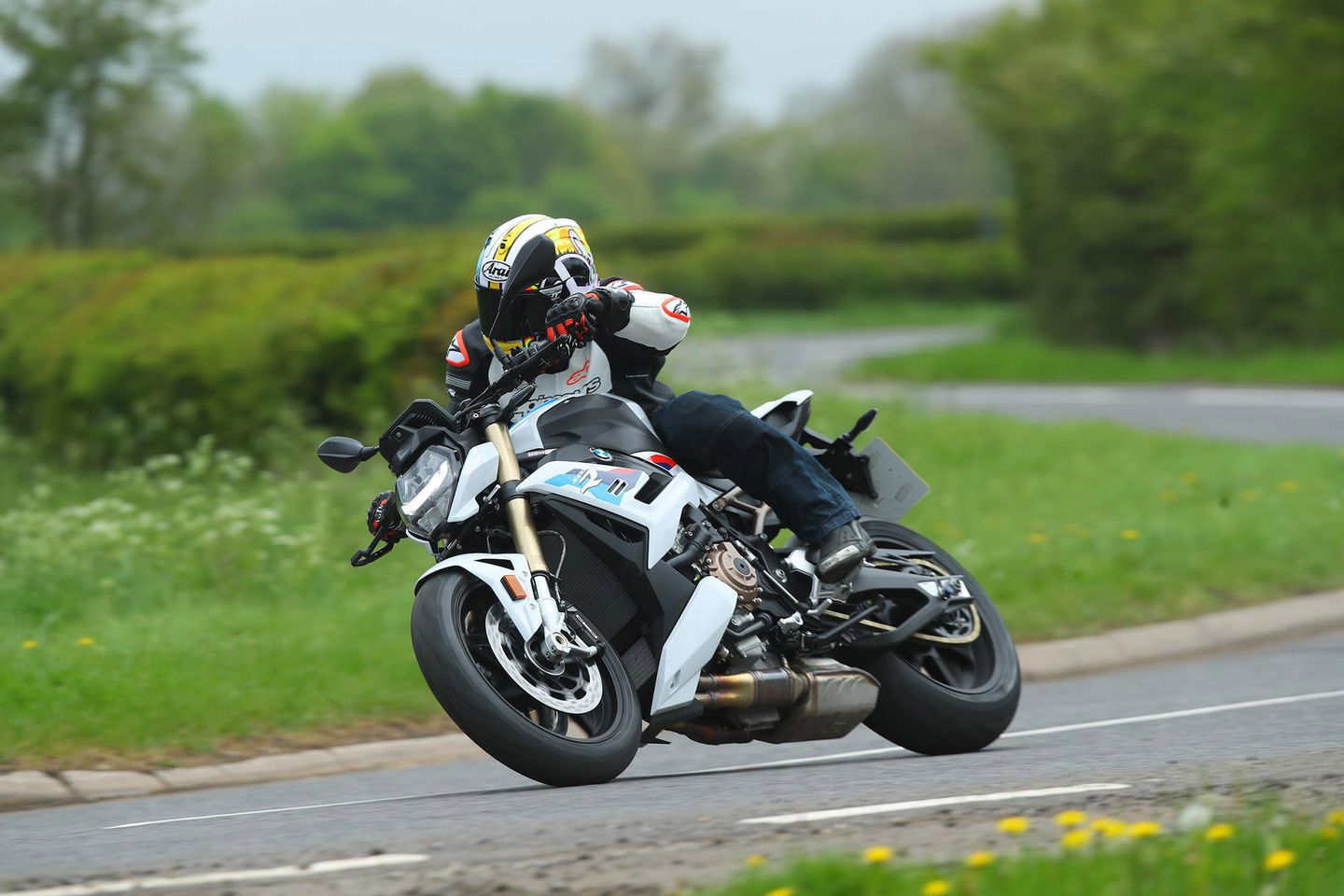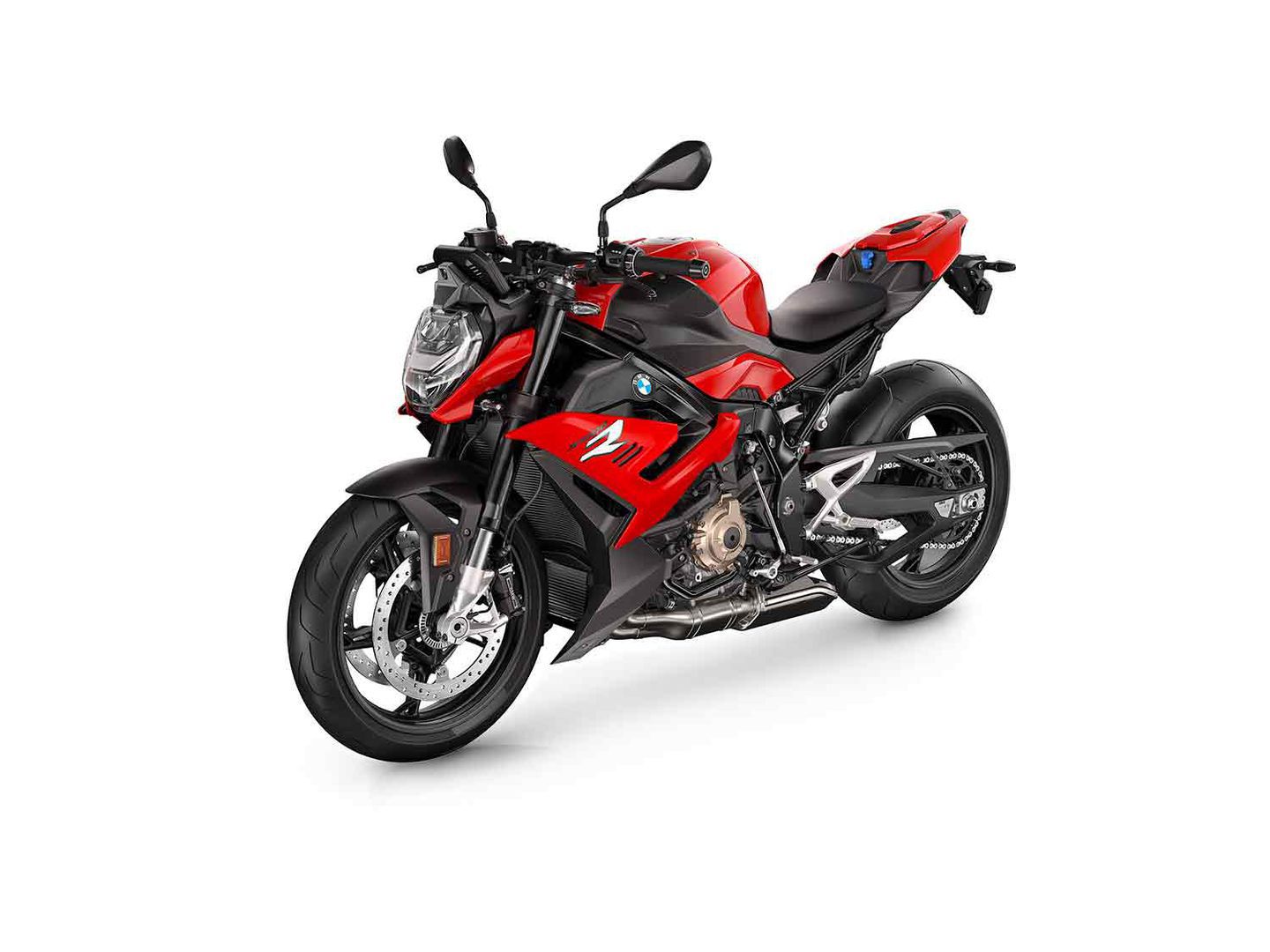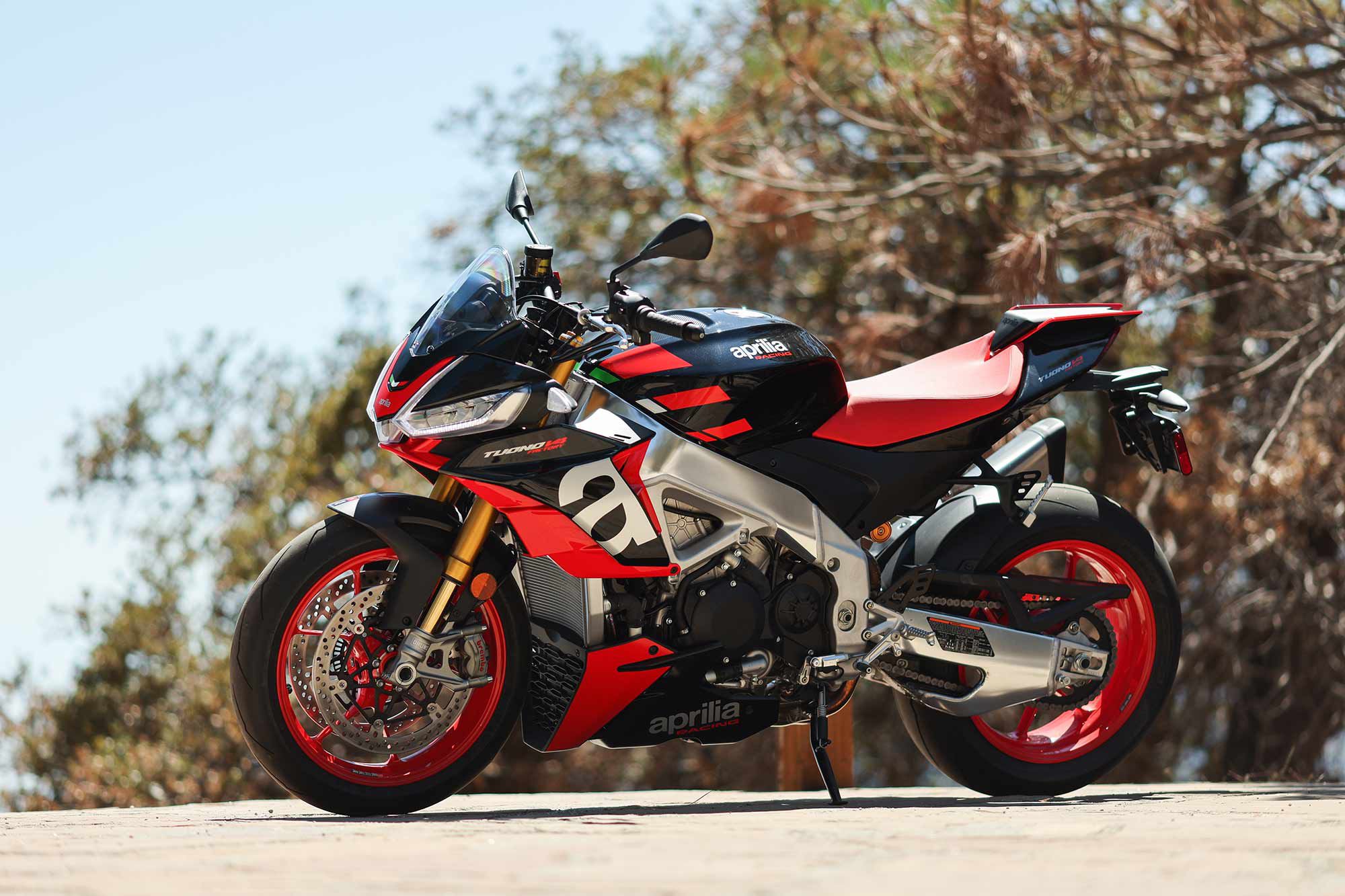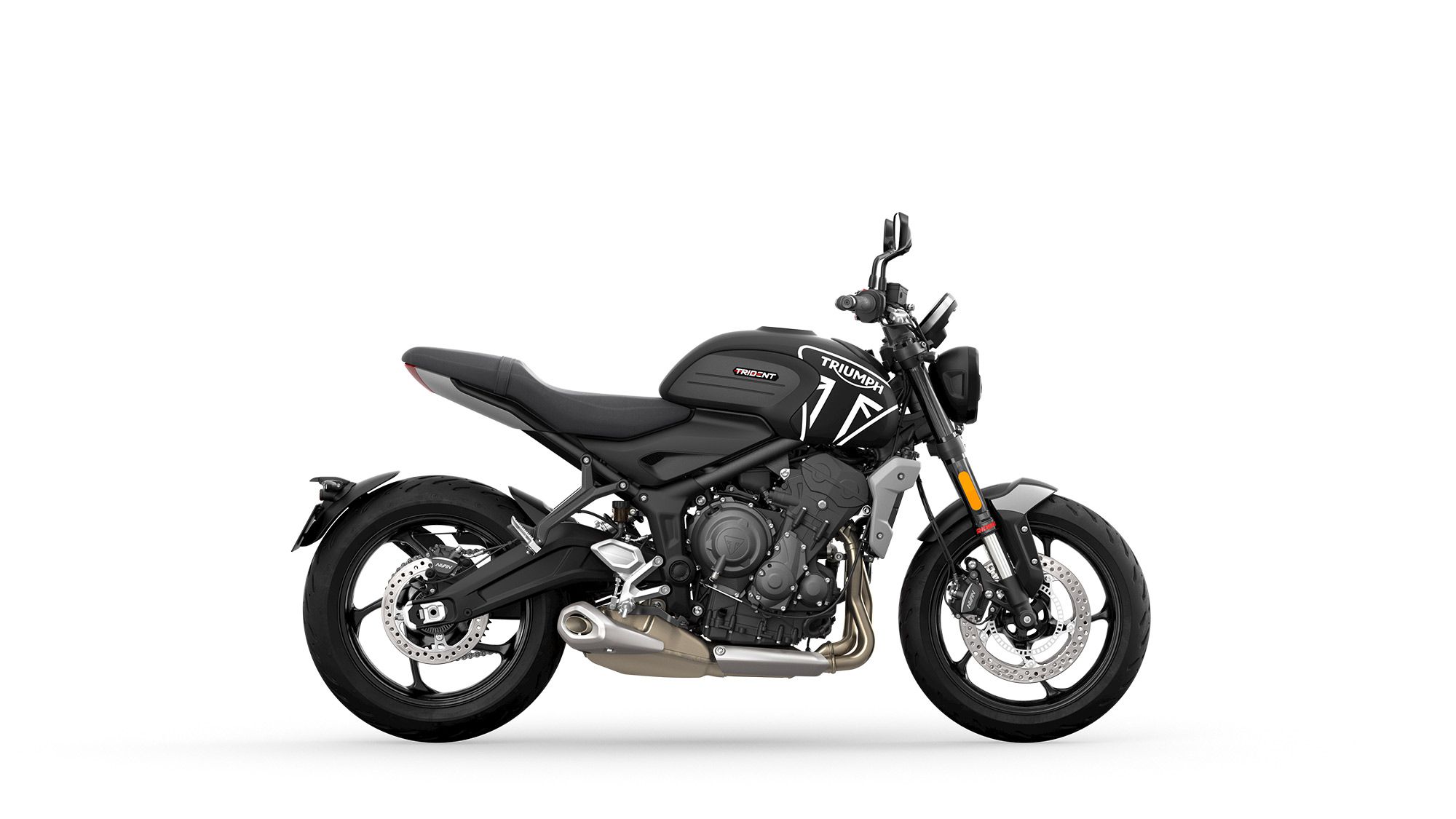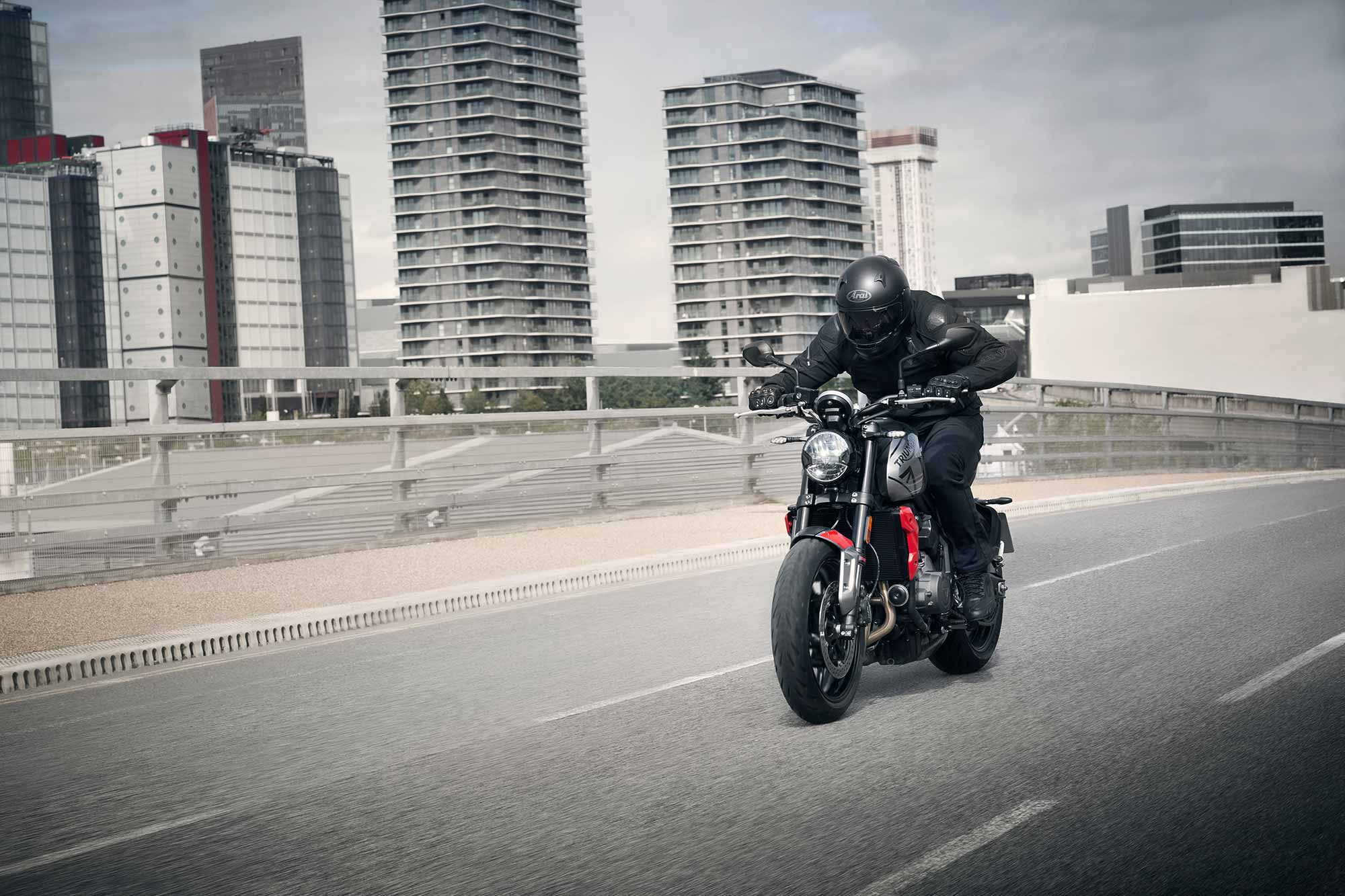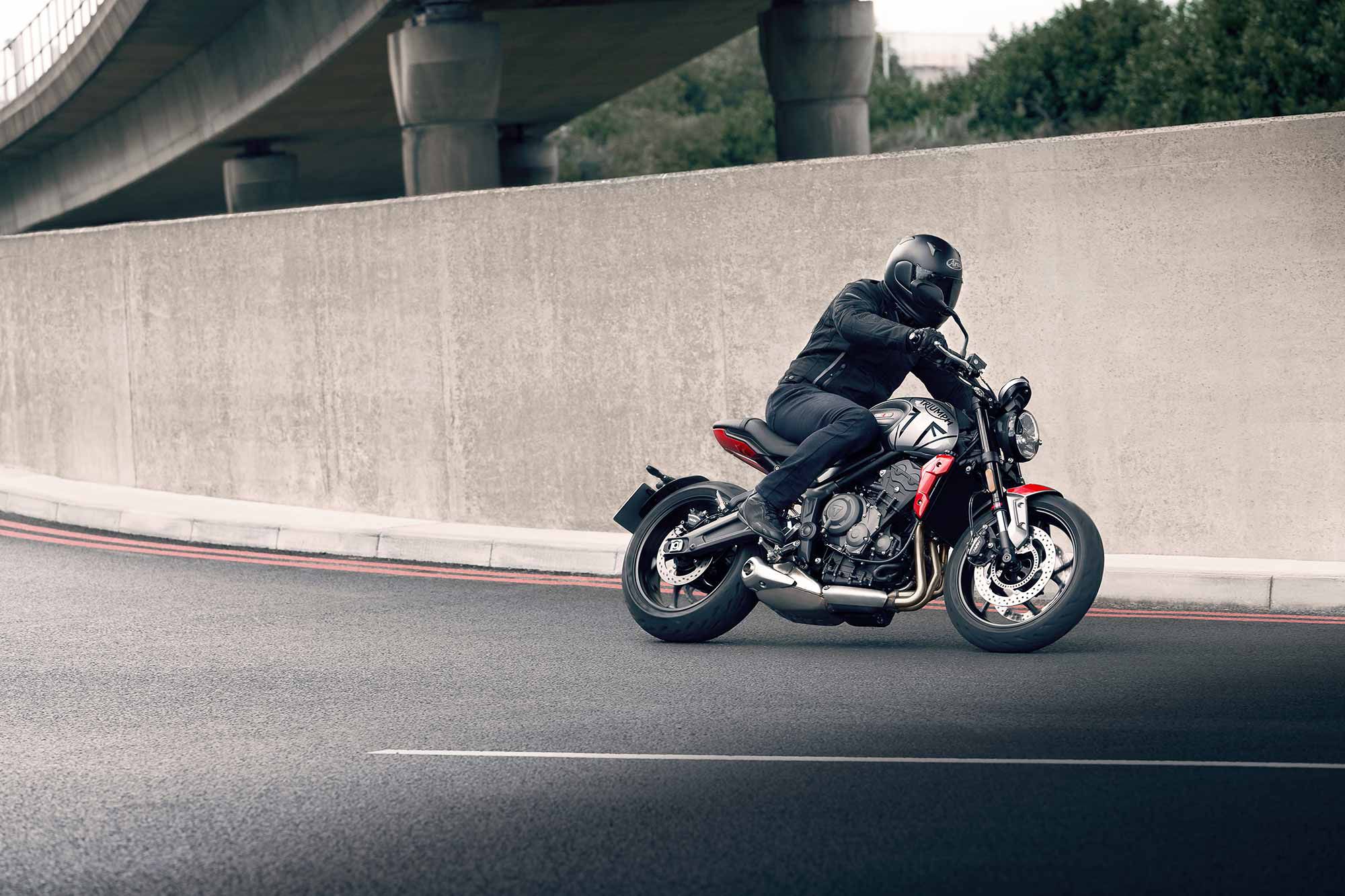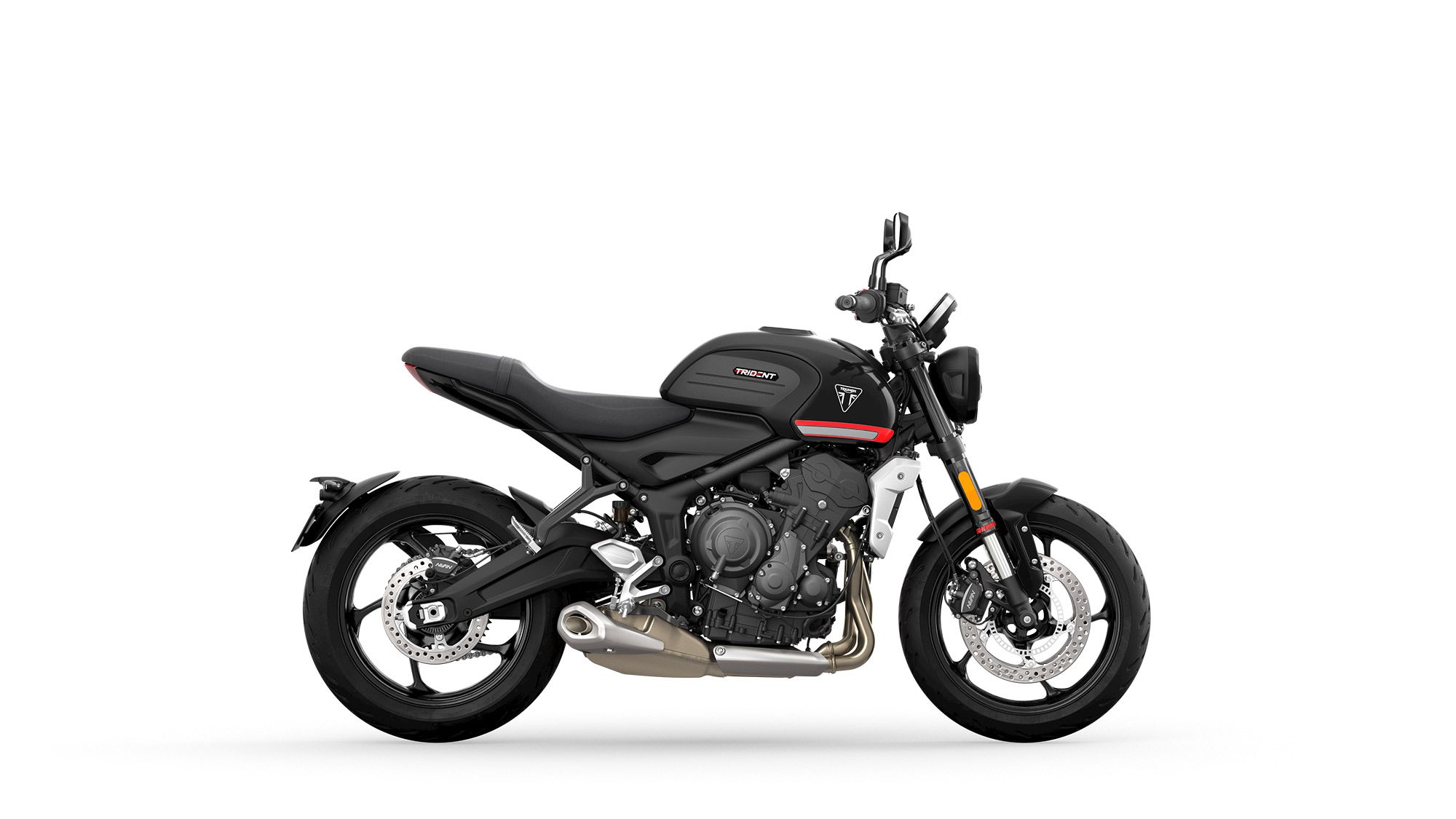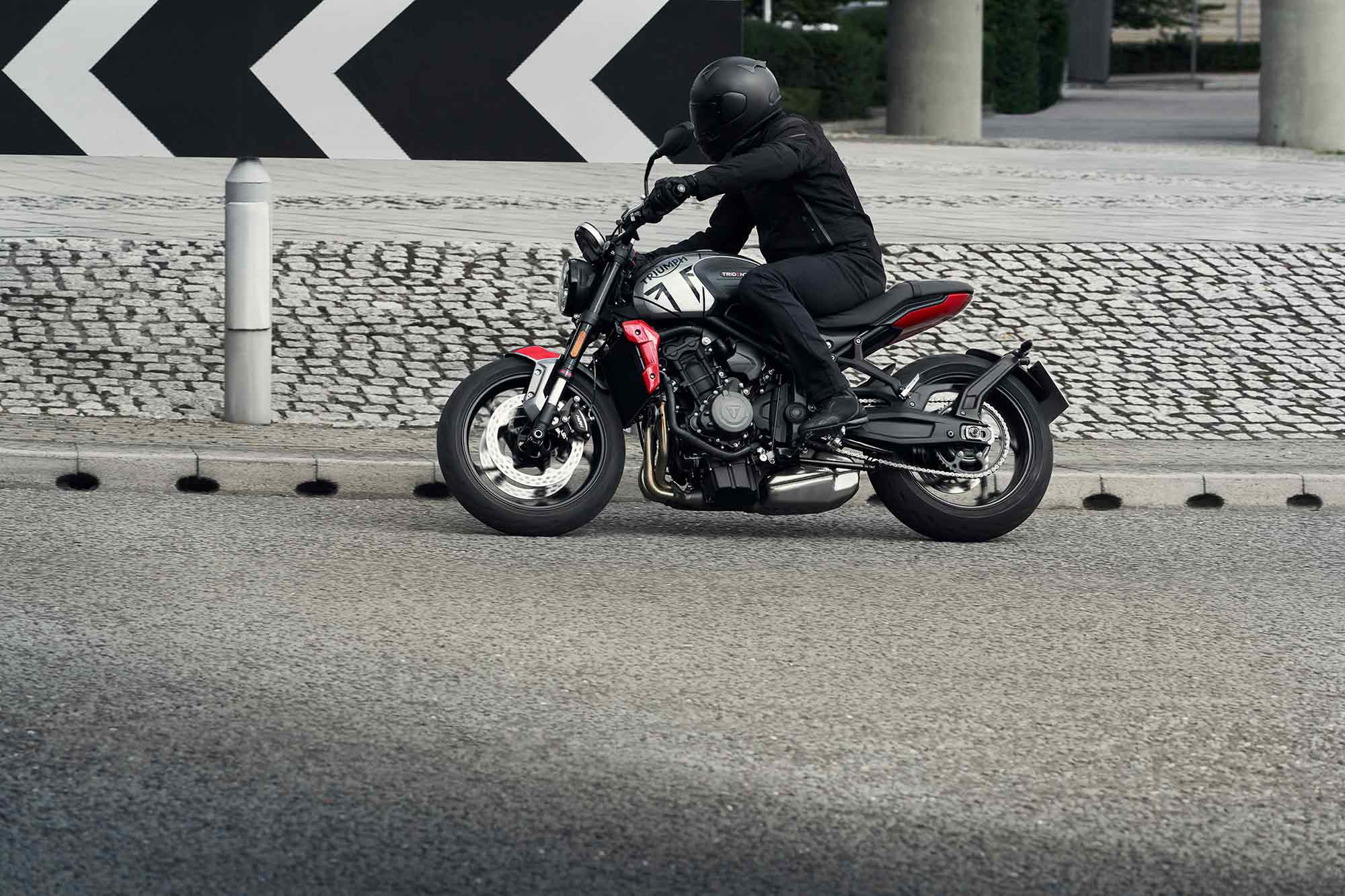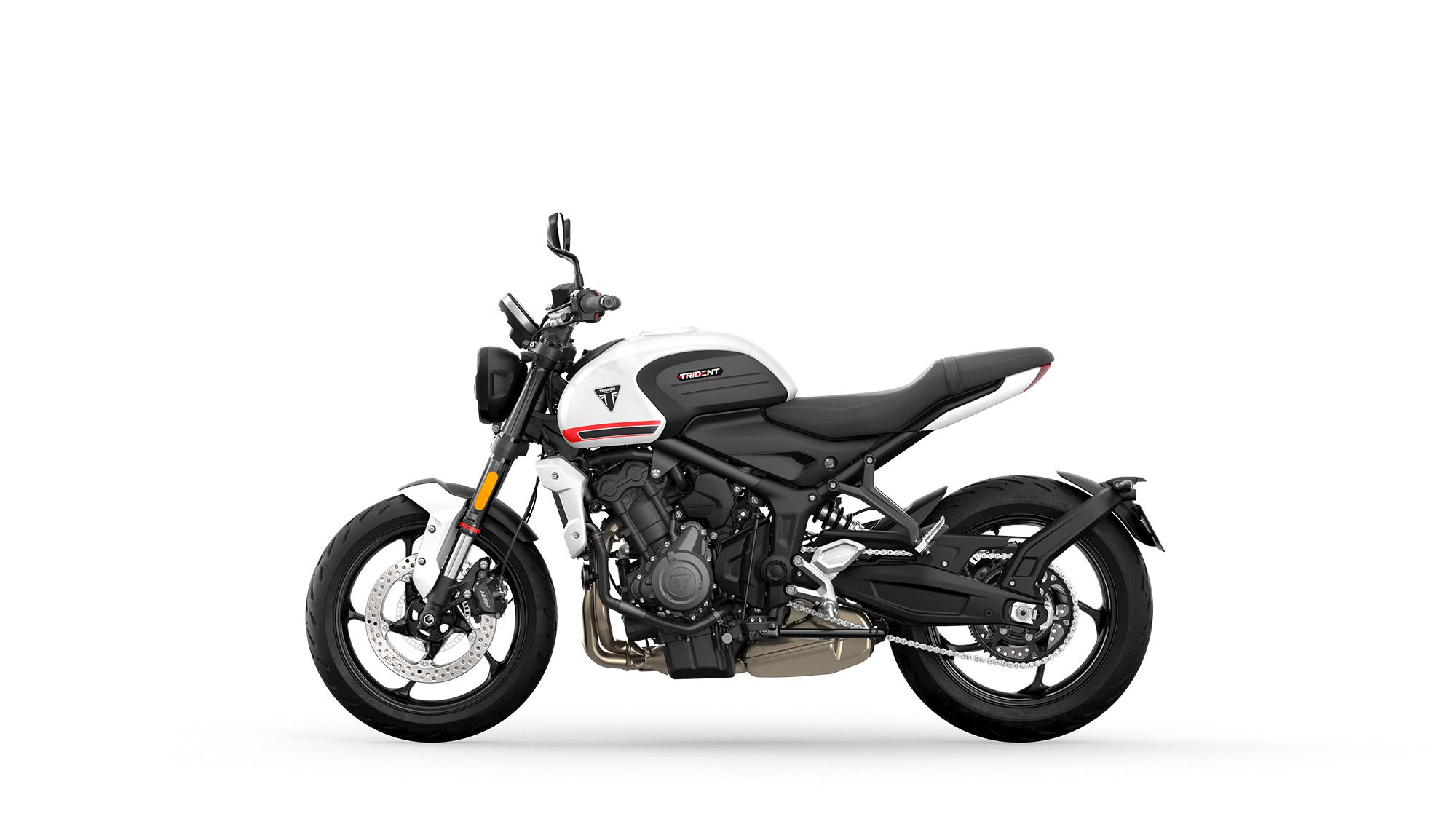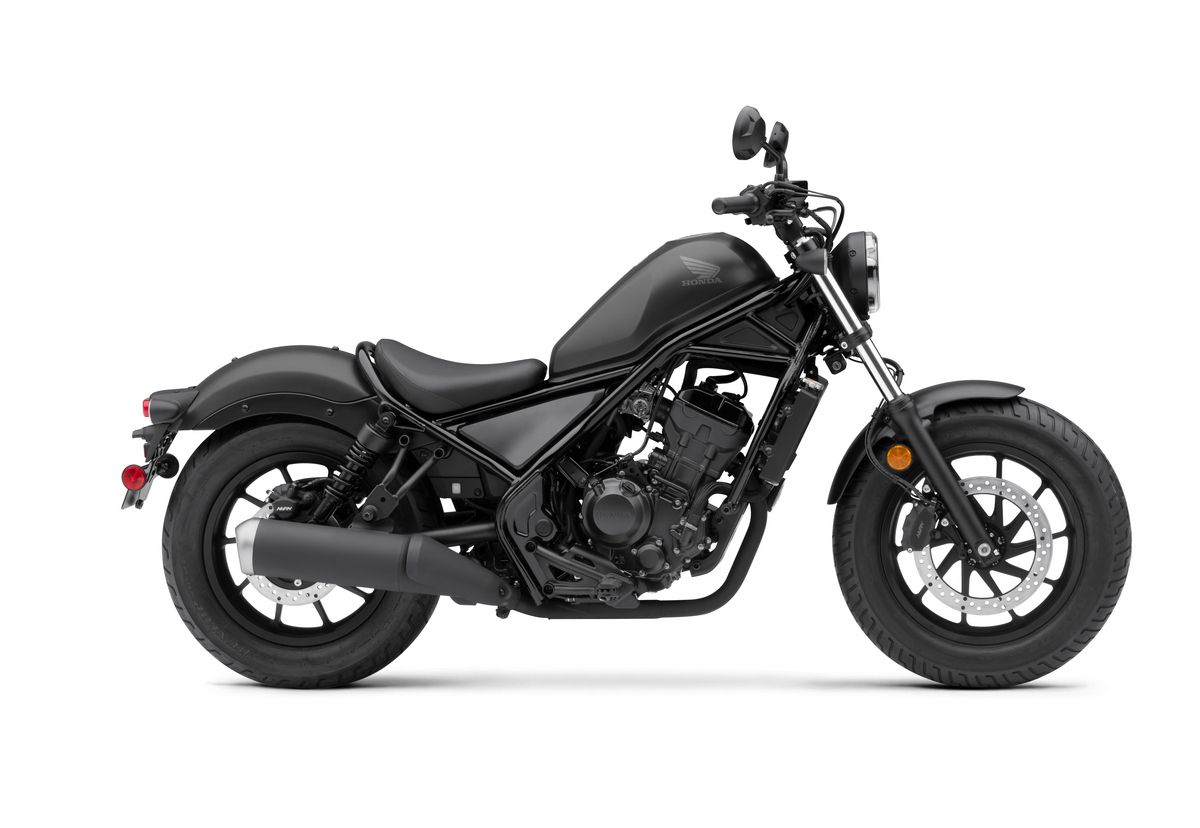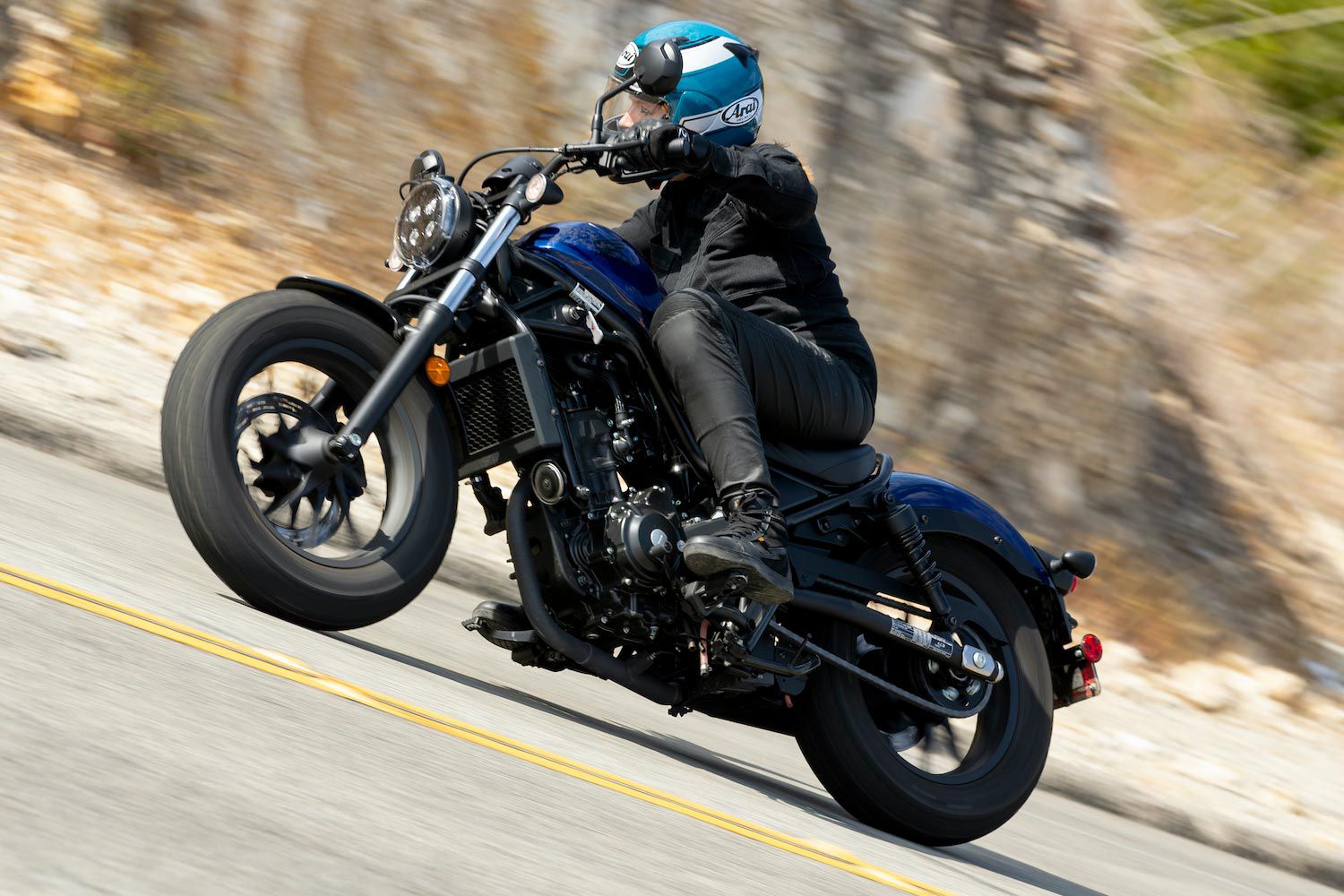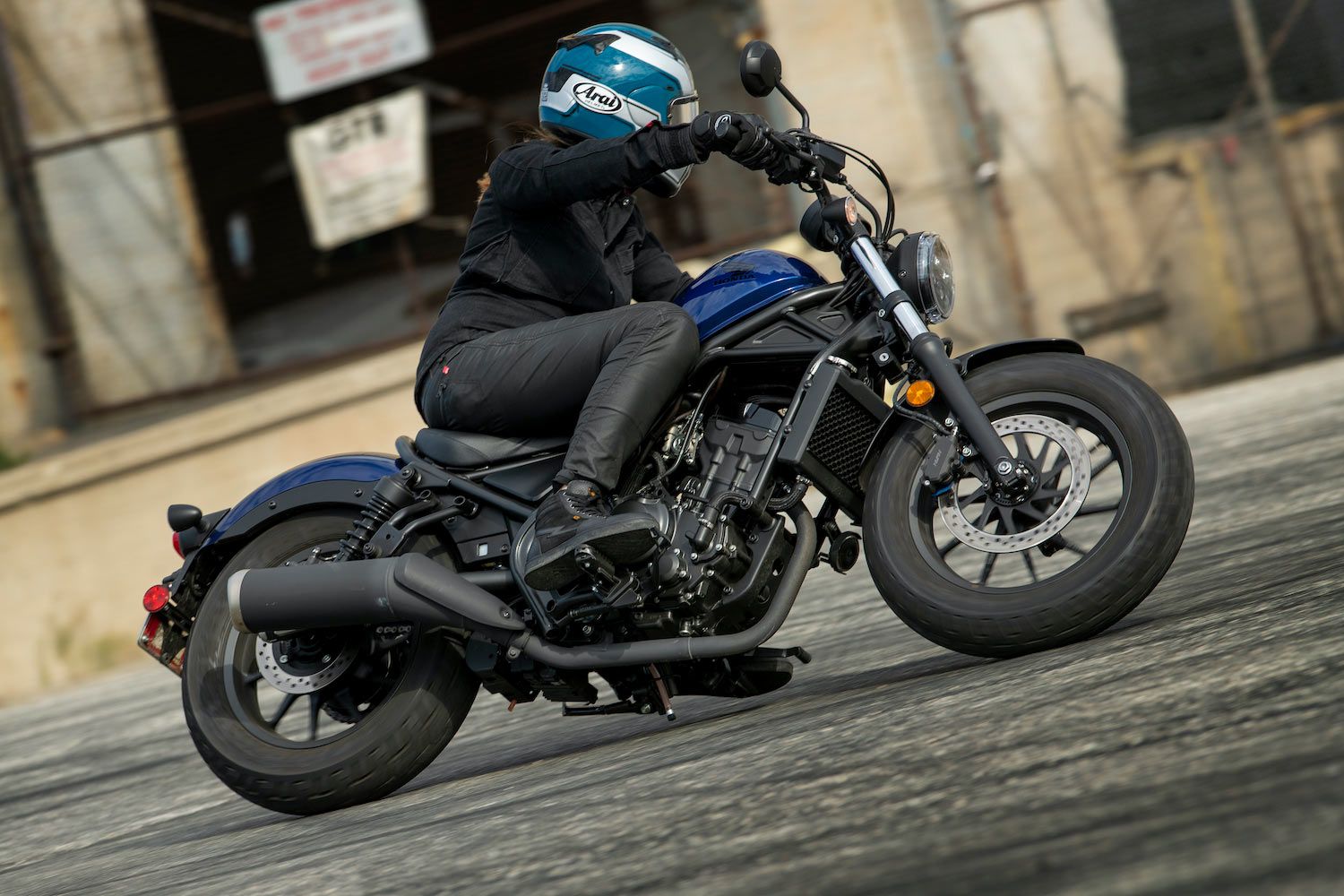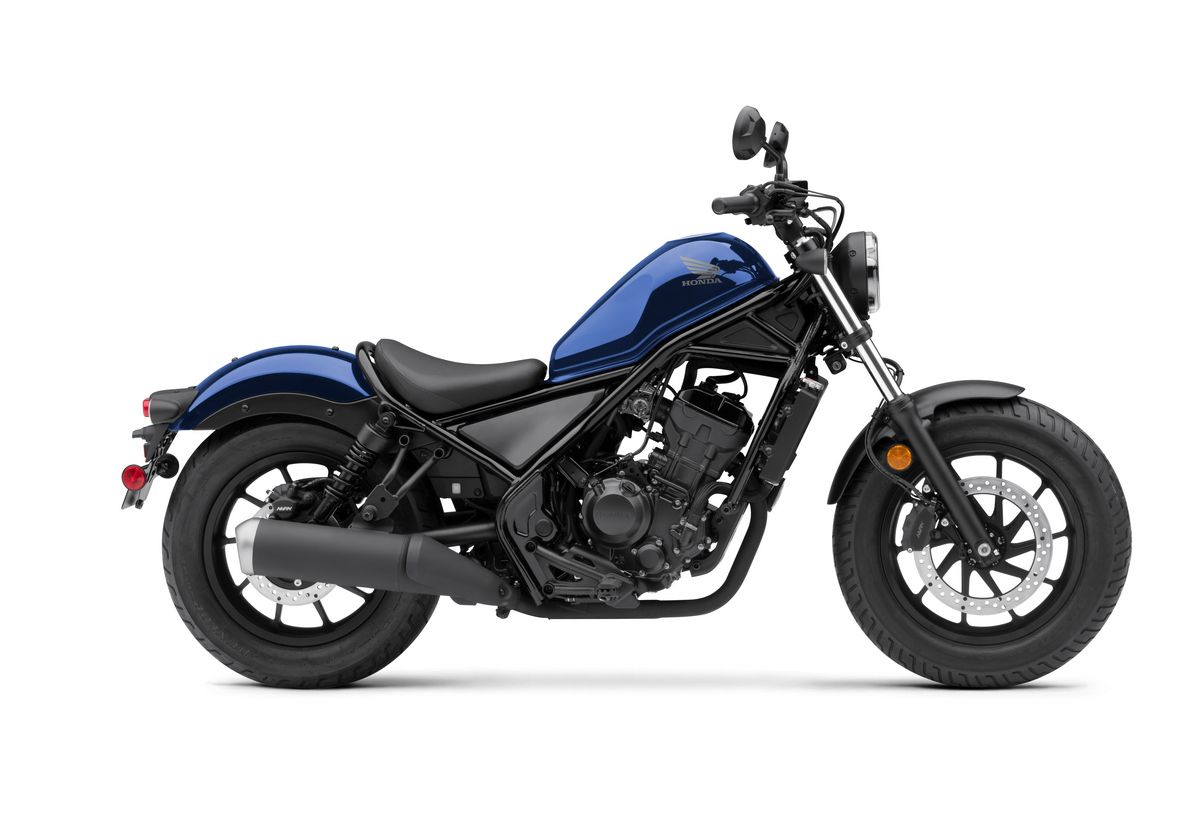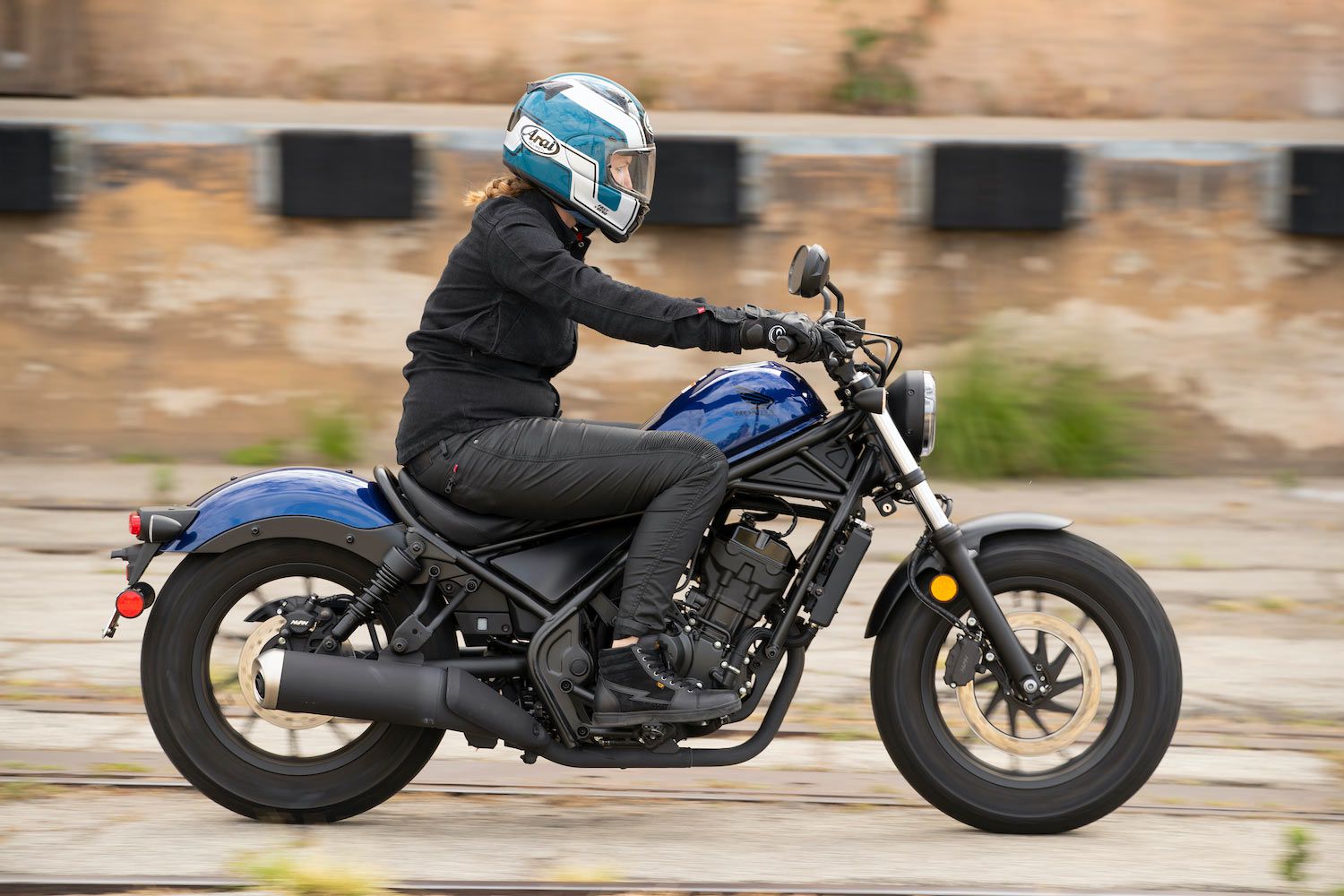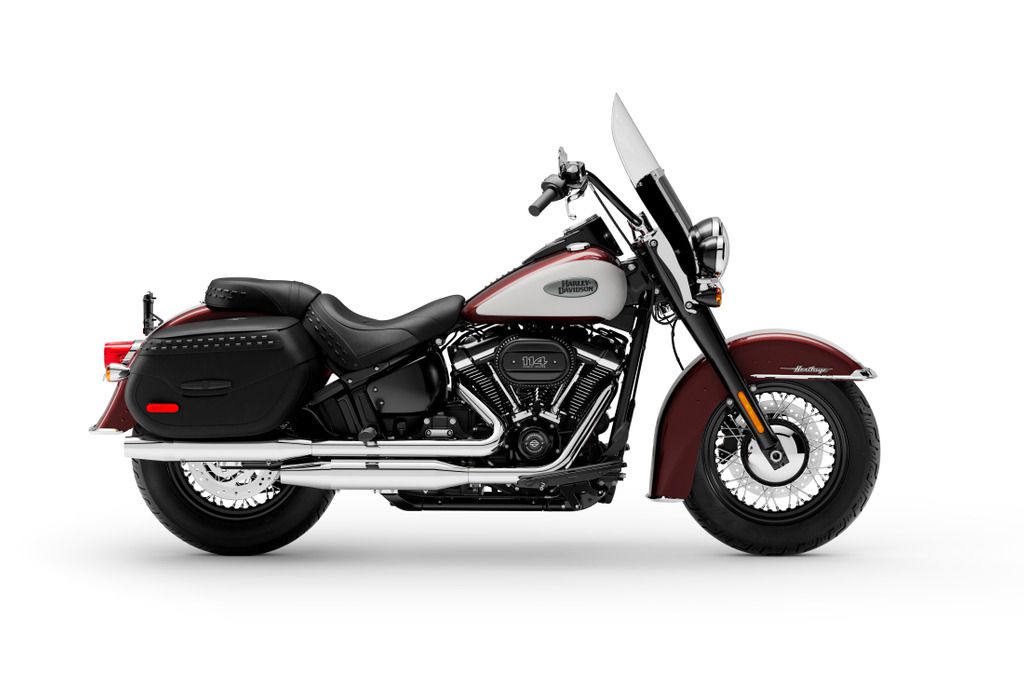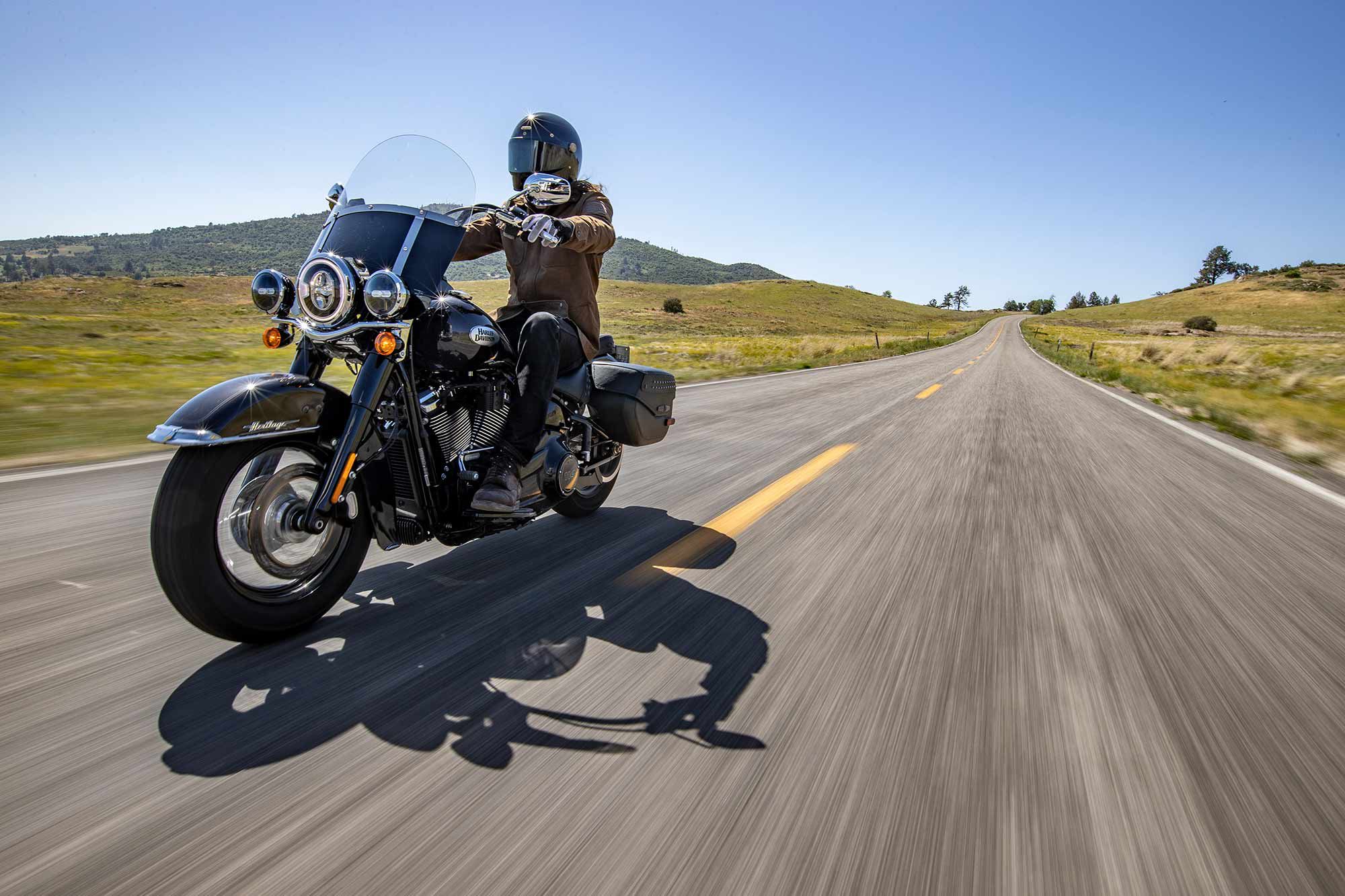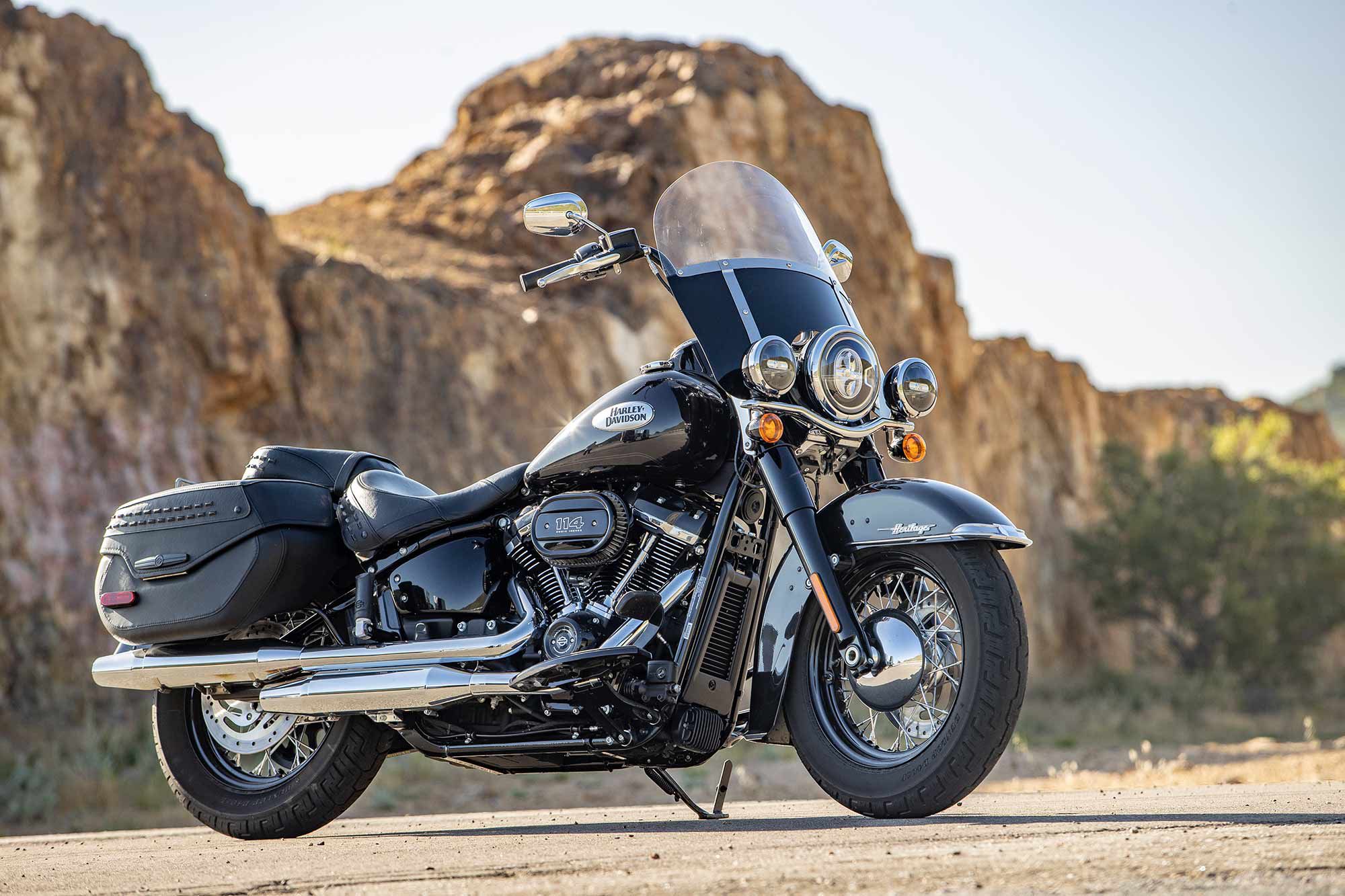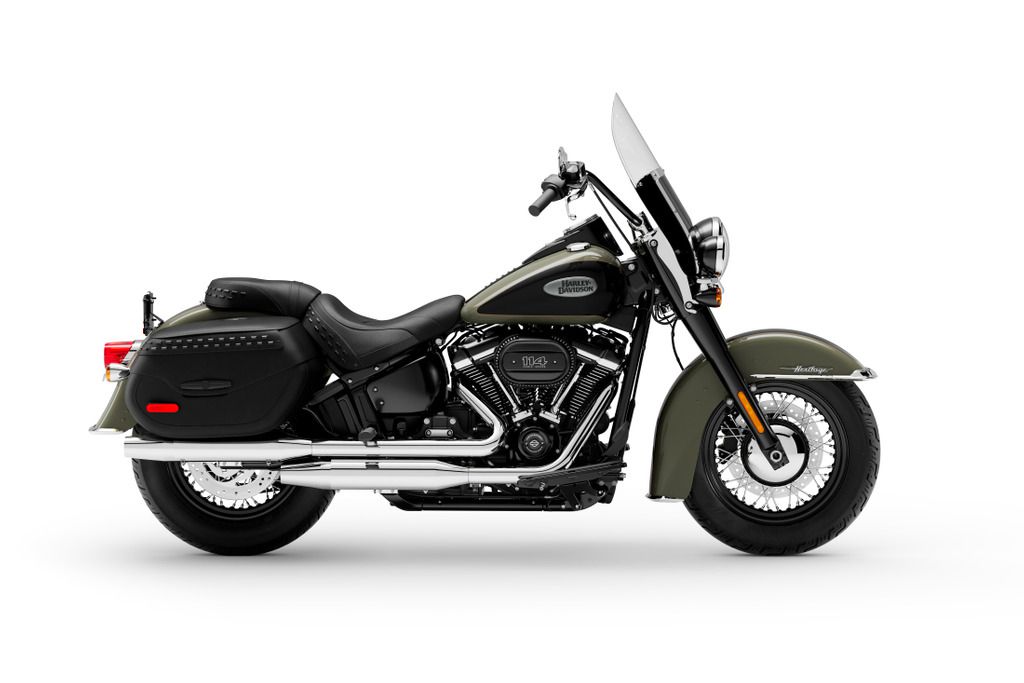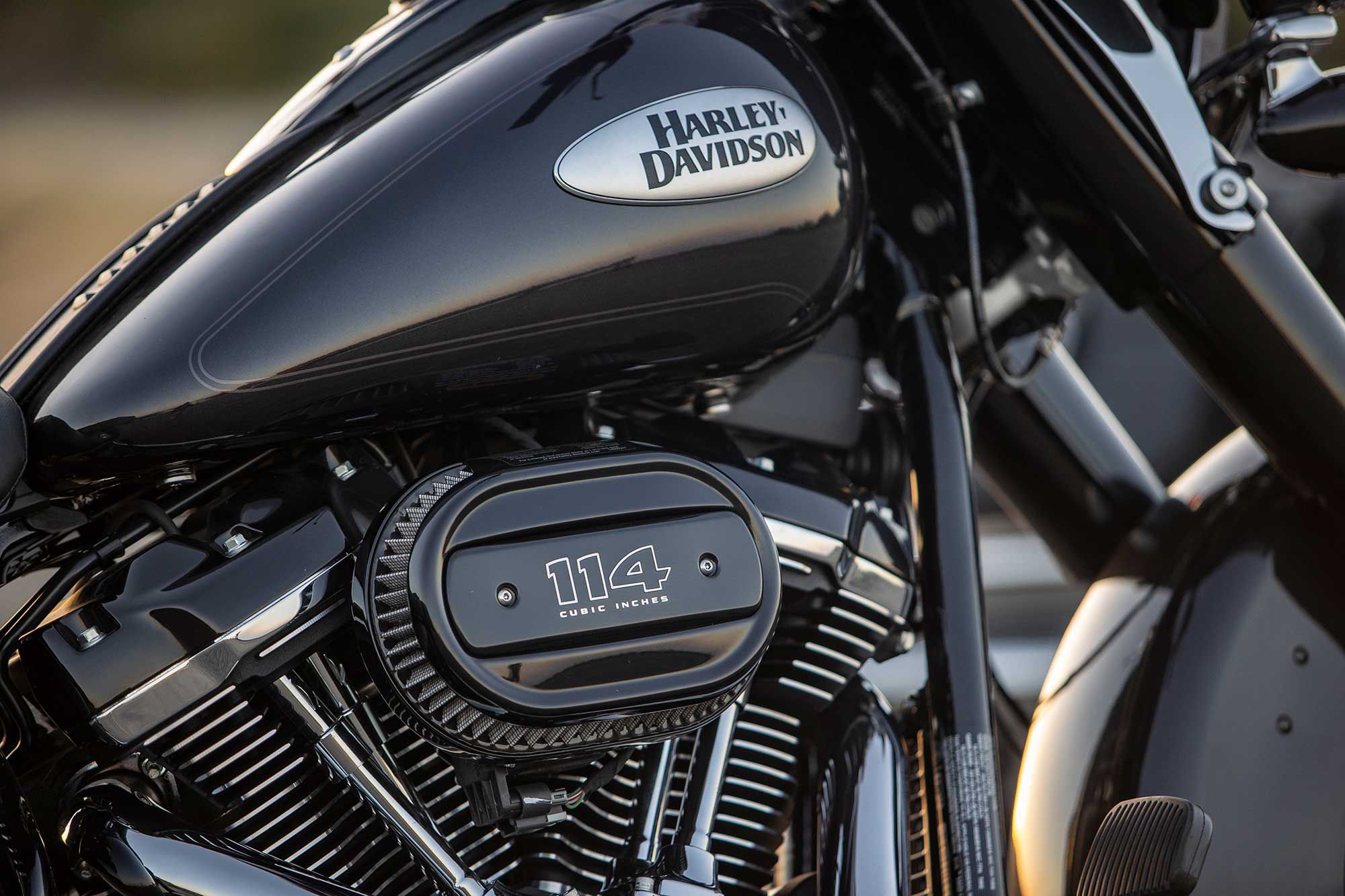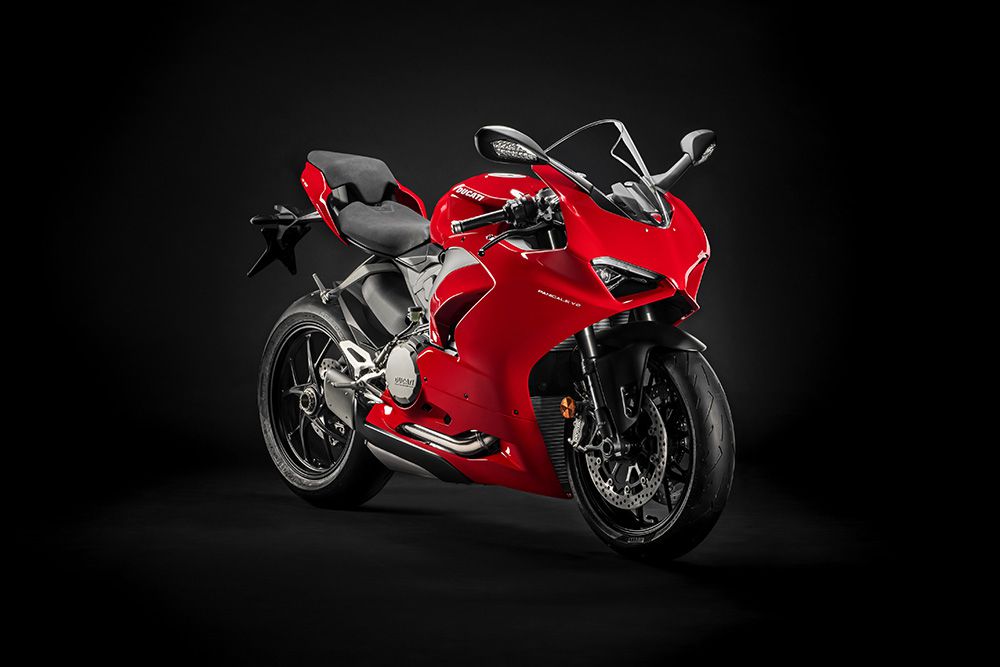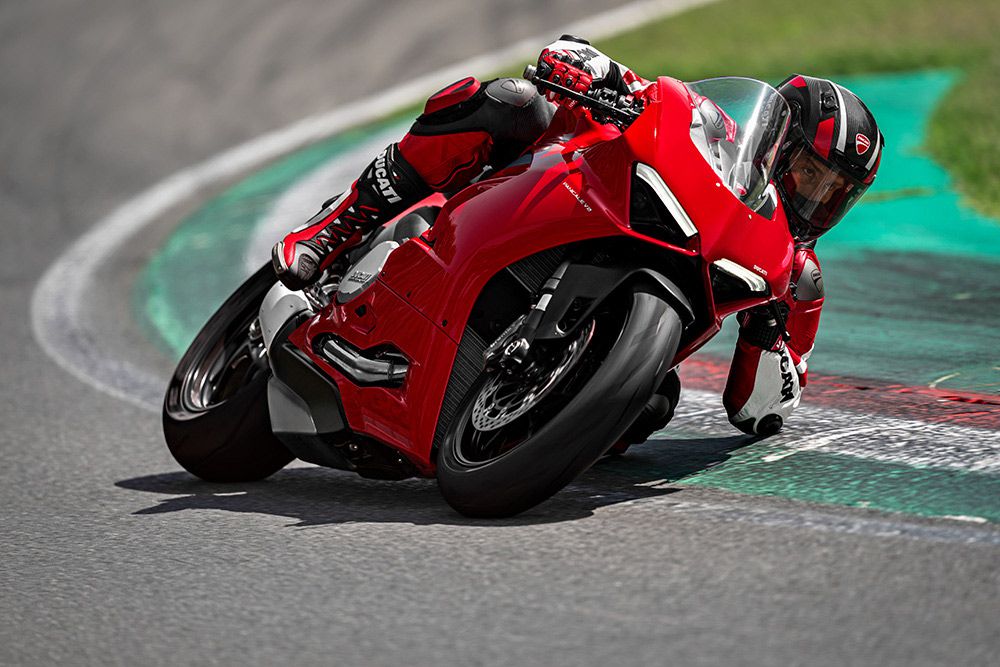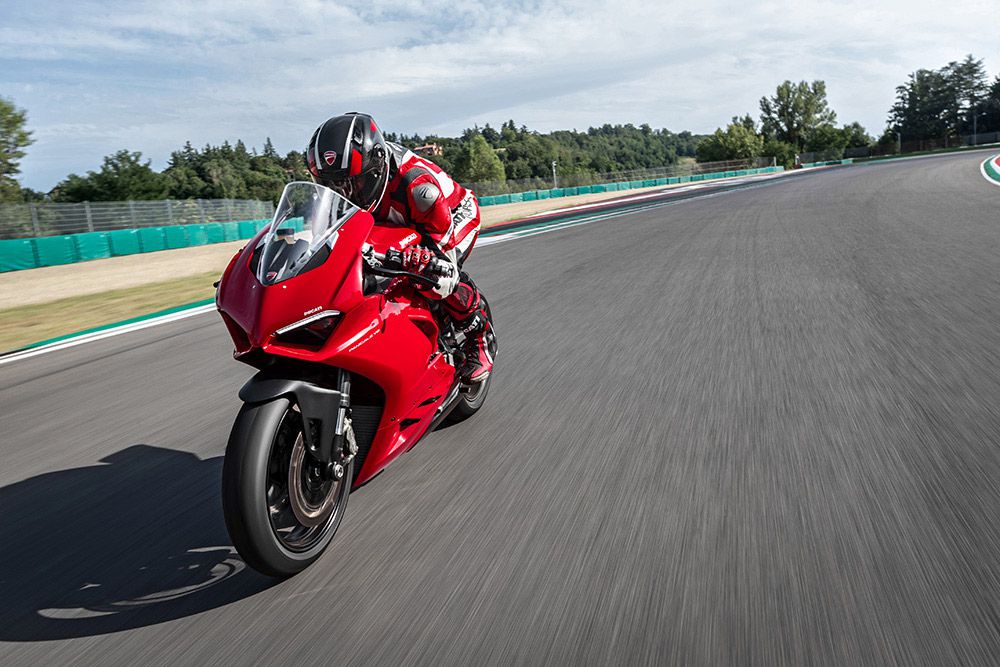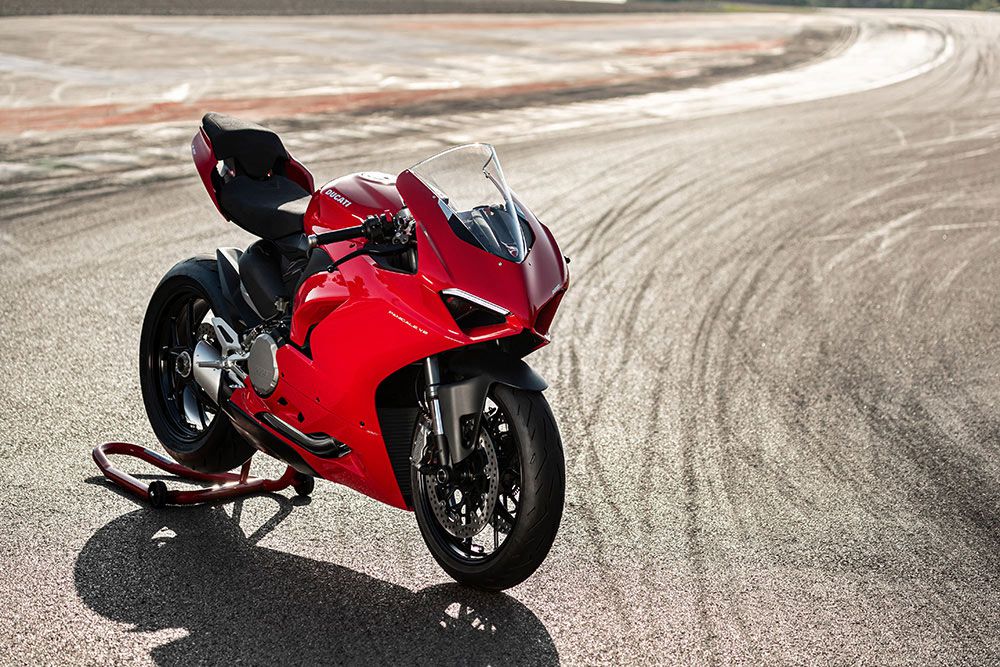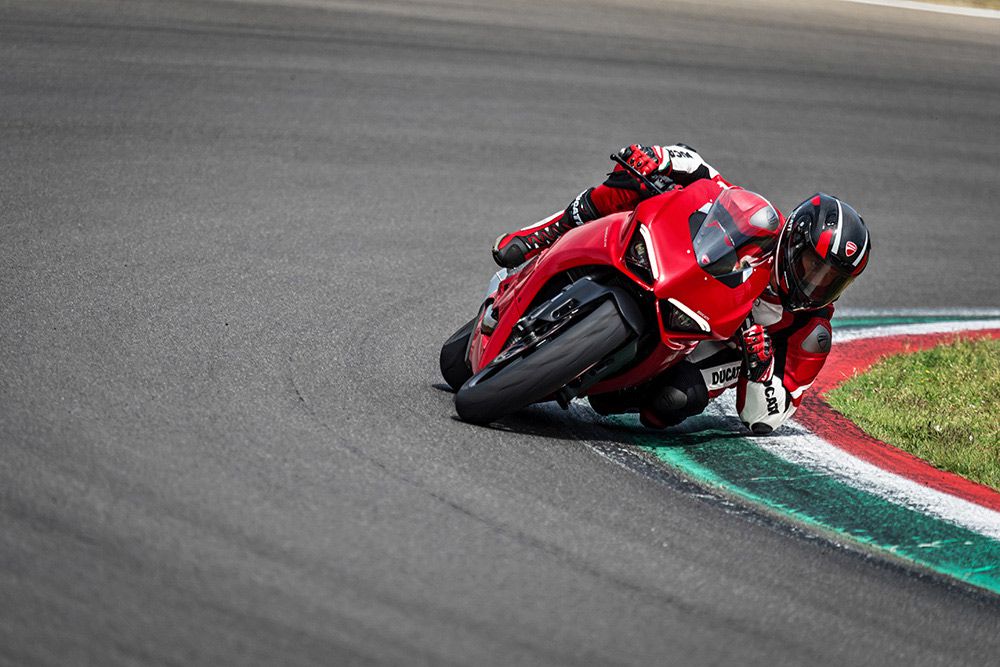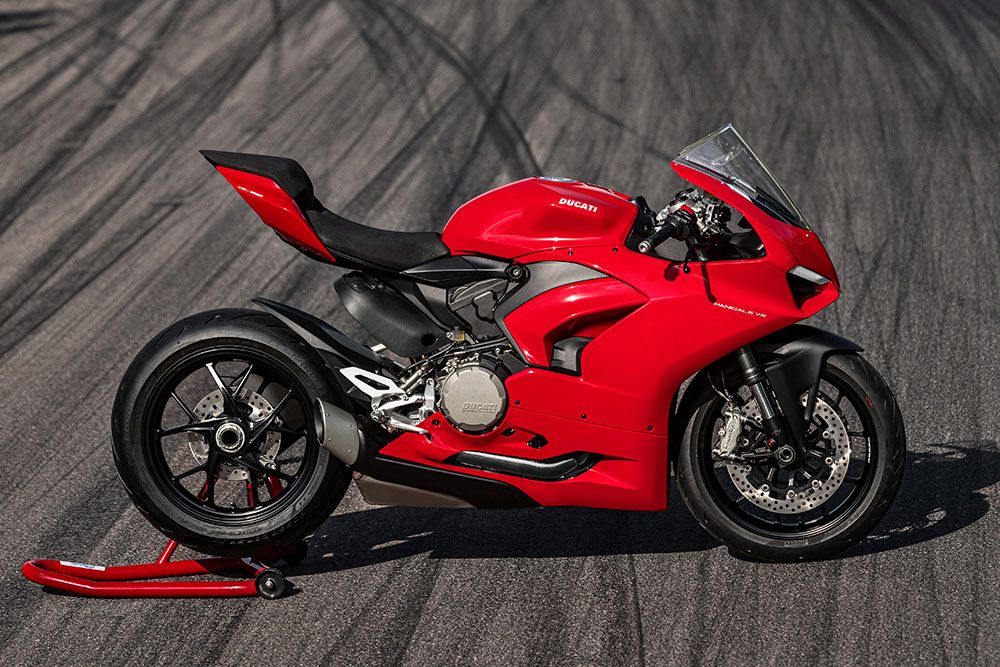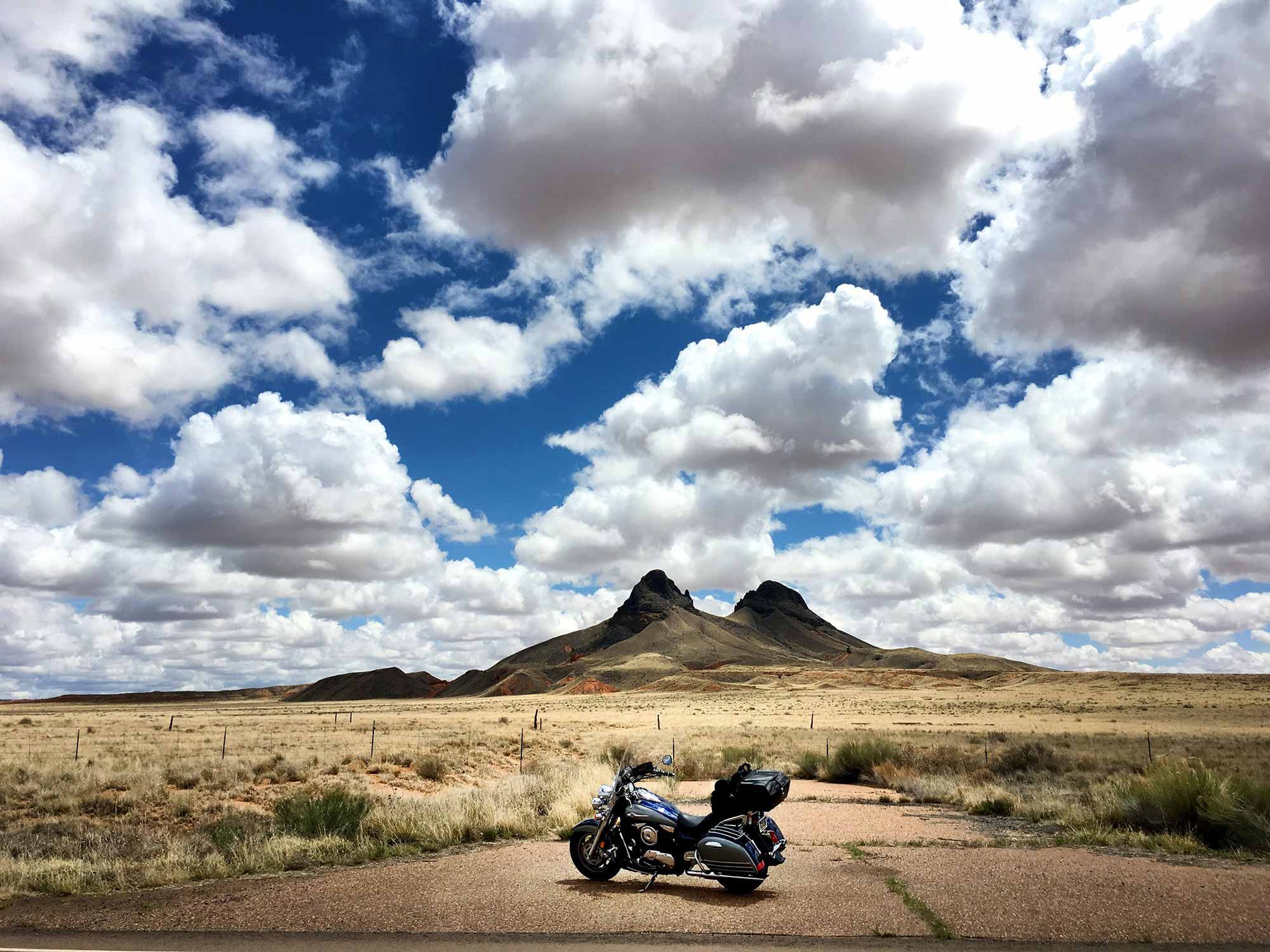
Exploring the lonely deserts of the Southwest, Southern Utah. (Donald Giannatti on Unsplash/)
People dream of exploring new landscapes by motorcycle, but rarely anticipate the problems and challenges they’ll face on the road. This is especially true of the everyday struggles that can come from traveling on a motorcycle, day after day. Sure, there is the high likelihood of getting lost and breaking down, but there are also issues that are seldom talked about because they don’t make for a good story. There’s really no drama involved, it’s more like death by paper cuts.
Whether you’re a new rider gearing up to head out on your first long-distance road trip, or you’re trading in the American dream to see what else life might have to offer, these issues are sure to bubble up if you spend enough time out on the road, so let’s address how to resolve them.
Related: Best Motorcycle Riding Traffic Safety Tips
First? Getting (Mentally) Prepared
Planning for a long-distance journey on a motorcycle is, indeed, exciting. The process of information gathering is like that of a hyper autumn squirrel, enthusiastically caching away acorns for future survival.
Beyond dreaming, first steps involve soaking up as much intel as possible about the desired route, essential gear, helpful technology, and necessary paperwork for border crossings or other legalities. This goal-directed behavior is very rousing and likely sends out substantial dopamine hits to the brain, causing the planning process itself, the pursuit of the journey, to be continually rewarding.
But those final days before a trip is underway can be very stressful. It’s true that most people never even make it to those last few tasks because there’s an onslaught of personal doubt or “stuff of life” that gets in the way. It starts to feel like it’s not the “right” or “ideal” time, and creeping notions of putting the trip off may haunt you.
Besides being frustrating and ominous, these final obstacles may require a degree of unattachment, which can be utterly painful. Ultimately, however, the process of letting go is good for us. It nourishes the psyche at a deep level because it orients us toward what truly matters in life, like a compass directing us to “be here now.”
Motorcyclists tend to have a sense of just how freeing presence is in itself, how the wind shears off weight of the past and future as the road occupies their minds with only what is in front of them. Hello, throttle therapy.
The reality is, the right time for a long-distance motorcycle trip may not exist, so if you continue to wait for it, your dream will never be realized. There comes a time where you have to make a plan and stick to it.
Related: Motorcycle Riding Tips – Touring During COVID Pandemic
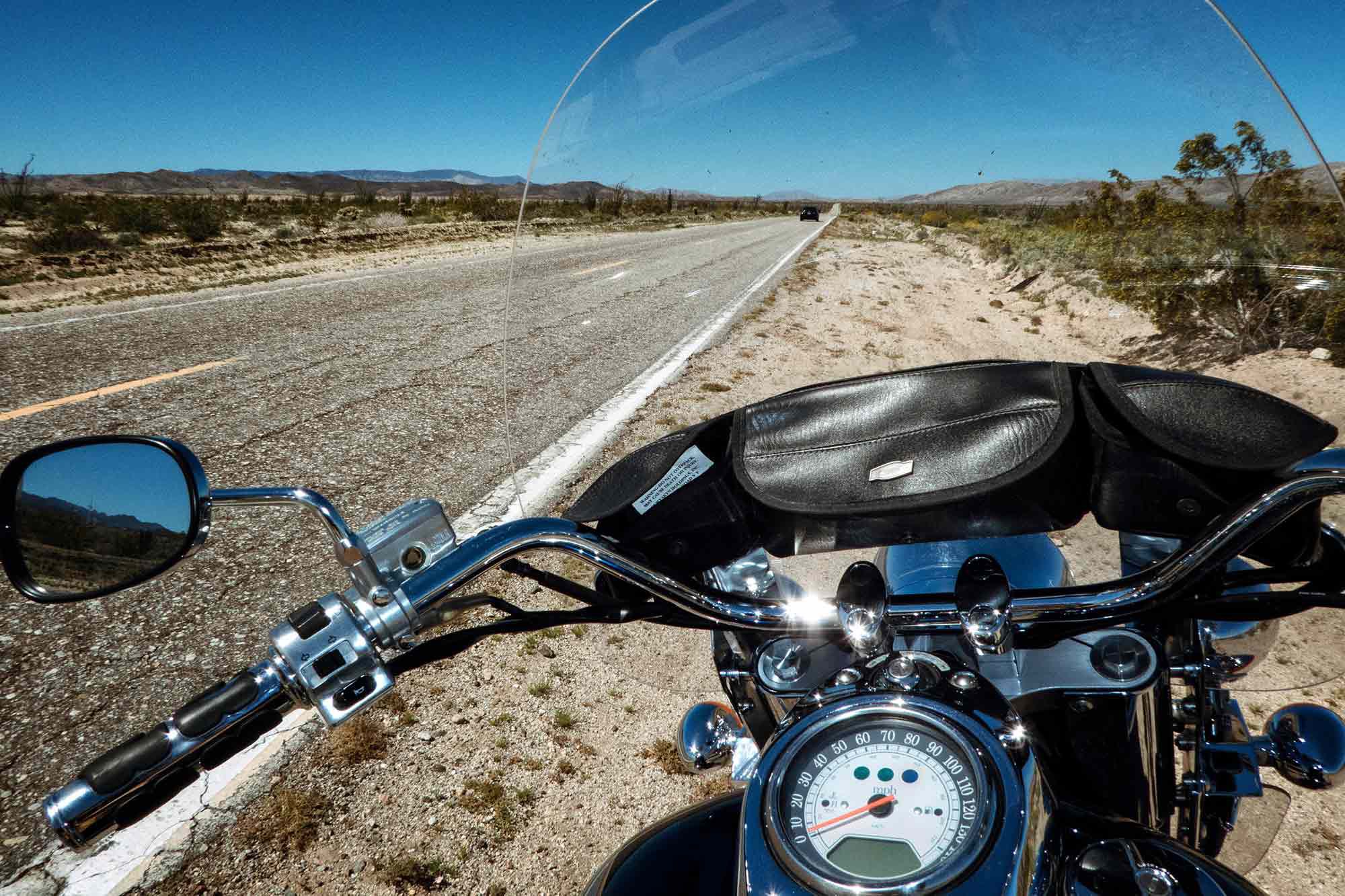
Solace in the Anza-Borrego Desert, California. (Donald Giannatti on Unsplash/)
Tip
Identify the limiting beliefs within yourself to know exactly what is holding you back. We are all human. We all experience self-doubt, even the most confident among us. But it is how we deal with our self-doubt that matters. Don’t believe everything your inner critic tells you about yourself, your plans, or your abilities. Any failure you meet out on the road is sure to teach you a valuable lesson. By recognizing that setbacks are part of the adventure, you can build resilience while learning those lessons and keep moving, one day or one mile at a time.
Remember to bring mindfulness to those stressful moments by being intentional with your focus. Motorcycling increases focus and attention, while decreasing relative levels of cortisol, the hormonal marker of stress. Mindfulness is the practice of intentionally shifting from “mind wandering” to present-moment attention of sensations, while cultivating acceptance when experiencing physical pain or emotional distress. Focus on the road, focus on your riding, focus on your breath. Do the best you can given your circumstances and breathe it out, because this too shall pass.
Related: Top Motorcycle Safety Tips From A Solo Female Adventurer
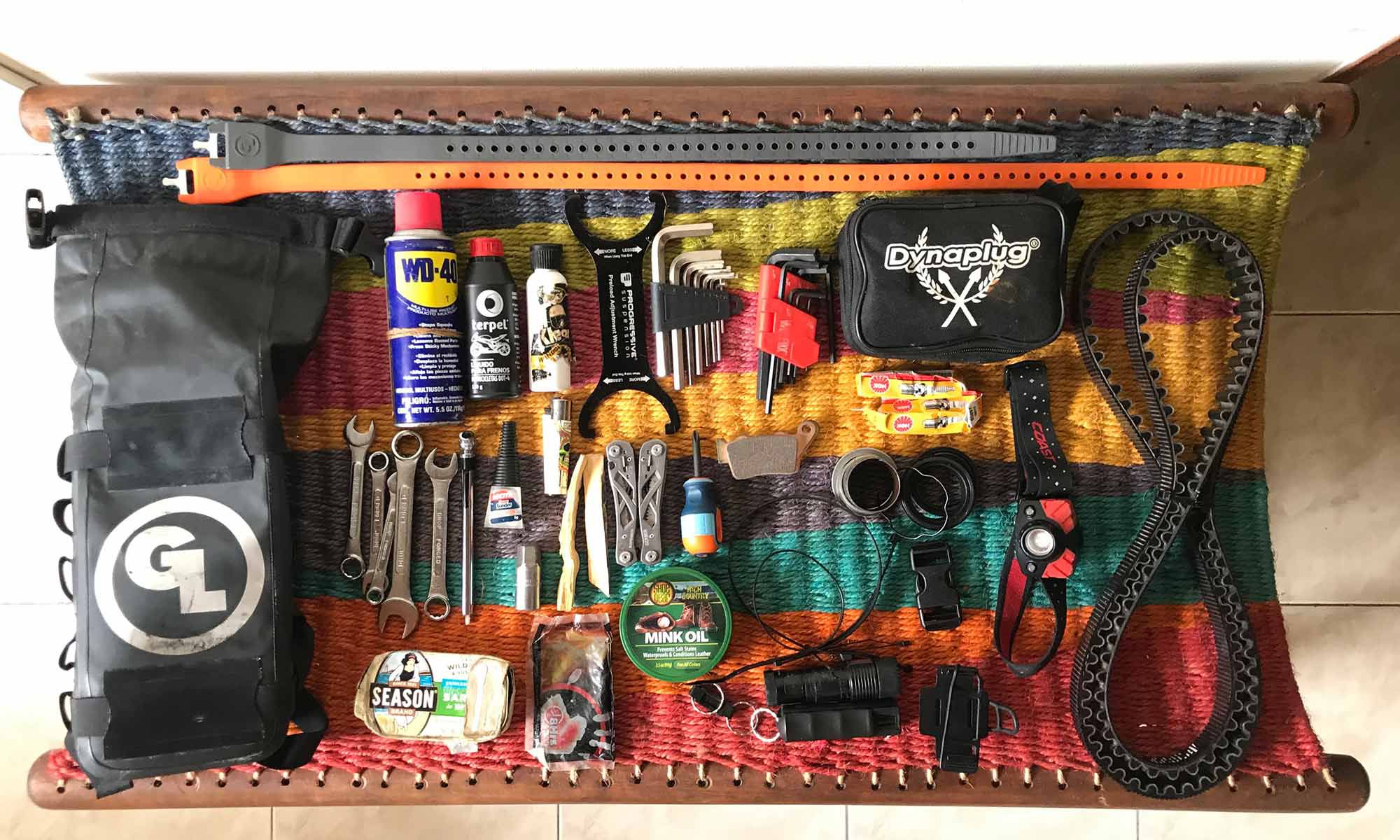
Essentials in easy reach. Flat-tire kit, hand warmer, tools, my emergency sardines, lighter, headlamp, etc. all fit into the waterproof, lightweight Possibilities Pouch on the left, which mounts on the outside of my Giant Loop bags for easy access. Not included is my minimal first-aid kit, which I should probably relocate to a more accessible place, just in case. (Janelle Kaz/)
Perpetual Tetris—Packing Woes
Having too much stuff with you and not having it organized well can make an already challenging situation worse. Say you’ve got everything packed to the brim and while out on the road, you realize you need a tool, a zip-tie, a document, your rain pants, earplugs, sunscreen, the flat-tire kit, or whatever else under the lone-highway sun you might need, but that sucker is buried at the bottom of your eternal pit of belongings. Having to unpack your gridlocked, Tetris-game scenario of goods in a less-than-optimal setting just to get to what it is you need before you can even begin to fix an issue is a great way to thwart a good day.
It’s not possible to exaggerate the “war on stuff,” either. I’m constantly battling physical matter that seems to accumulate without awareness. I loathe the days where my motorcycle is overpacked and I have to put extra items, such as my thermos, my sandals, food, etc., into a small backpack that quickly becomes bulky and uncomfortable to wear. I know I’m not alone in my dislike of wearing a backpack while riding in general, but especially for long hours. If the bag shifts around during the ride, falling off to one side, it can be pretty infuriating. Despite being on the road for years now and having a very clear realization of what is essential for me on my journey, as well as my level of disdain for strapping it all down each morning, the battle rages on.
Obviously, we want to be prepared for anything and that means having exactly what you need for every situation. I met a guy on the road, outside of Cuenca, Ecuador, who pulls a trailer behind his Africa Twin, which he rode from the state of Georgia down to South America.
Unless you’re also willing to pull a trailer, sacrifices have to be made each day, either in saying goodbye to items or to packing and traveling ease. The reality is, however, you don’t need much. By rolling out on the road, you are automatically subscribing to a form of minimalist philosophy. That is, you don’t carry with you more than you need to survive and thrive. Over time, learning to let go becomes easier and giving things away to people who might want or need them transforms into an act of joy. Living on the road teaches us many lessons, including how to own less and live more. You might be surprised at how little you need to enjoy life.
Related: Adventure Riding An Indian Scout Sixty In The Jungles Of Peru
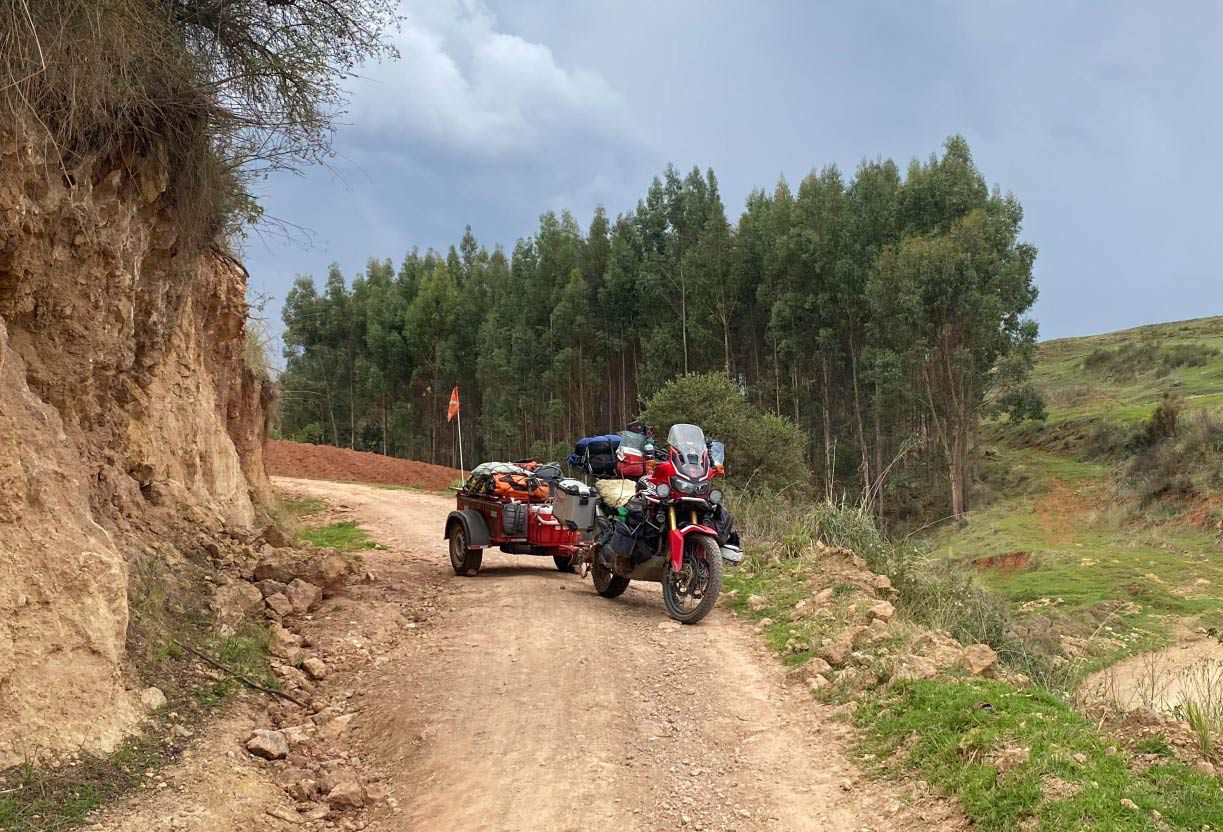
The man, the myth, the legend: An Africa Twin pulling a trailer somewhere in South America. (Michael Jones/)
Tip
What I’ve found is that rationalizing whether or not to keep a specific item doesn’t help, because usually the answer is “it’d be useful to have at some point” which results in lugging it around longer. I’ve come to see generosity as a better perspective all around. Gifting an item to someone who will use the heck out of it makes it much easier and fulfilling to give it away. Make it about them, not you.
Beyond the clothes you’ll wear regularly, bring only the essentials—basic tools, sunscreen, drinking water (or purification method), compact first-aid kit, and emergency food (I have a small tin of wild-caught sardines I’ve been carting around for more than 16,000 miles now). Choose the mini version of things when possible, such as a high absorbent travel towel, though I simply carry a sarong with me that also functions as my beach towel, a skirt, a scarf, and a thin blanket. Look into all-season riding gear and plan to buy clothes for warmer or colder temperatures when and if you need them.
The Road Is Long, for Better and Worse
The riding within an extended trip can sometimes be demanding, dangerous, or just downright not fun. Maybe it’s been consecutive days on terrible roads with construction in sweltering heat or bitter cold and it just seems to never end. Or perhaps you’re without shelter and unprepared for the elements—wind, rain, darkness, and cold—so the best thing to do is keep going, which can feel torturous. I have a problem with my right shoulder that originated four years ago when I was stuck riding through a snowy mountain in Northern California. It seems as though the cold buried itself in my shoulder that day, and I’ve felt an identical stabbing pain everytime I ride in the cold ever since.
Related: Motorcycle Touring In Colombia—Crossing The Trampoline Of Death
The truly wild landscapes offer up astounding beauty beyond words but also leave behind a bit of gritty sand in your speechless mouth, perhaps to ensure you don’t forget the suffering you endured to experience them. That’s what we love about them—they were earned. It wasn’t easy, but it was worth it.
Such were my days riding in Peru, where truckers tried to run me off the road, days where I went down on the bike, broke something, or ripped my favorite pants. Or that day where I accidentally ran over a chicken in front of a very angry farmer in Laos, or the many dealings with corrupt cops, or having to physically push a drunk man out of my room at night, and the common experience of waiting in a stagnant line for hours at a border crossing. There’s that day where I got the bike stuck off-road near an enticing cave I just had to get close to, had strangers tell me countless times that my life is in jeopardy because I’m traveling alone—and the list really does go on.
A persistent lesson of long-haul motorcycle travel (and indeed, life at large) is that in-the-moment suffering is likely to result in positive personal character qualities later, but that all depends on your outlook. I know you’ve heard it before, but perspective really is everything.
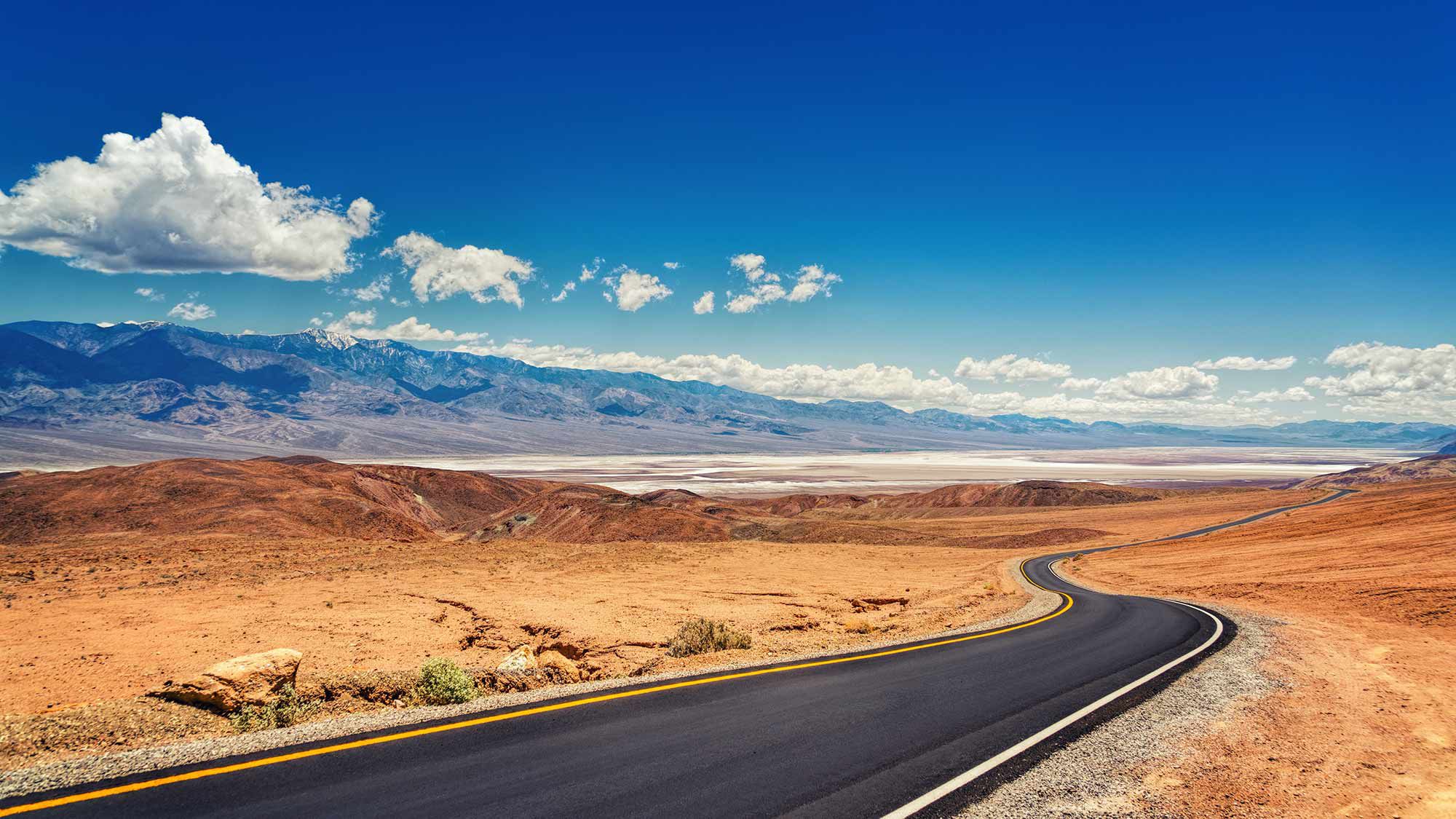
Wherever you go, there you are. With no getting away from yourself, you may as well look on the opportunity side of situations and enjoy your own company, even when—or perhaps especially when—the going gets tough. (Johannes Plenio on Unsplash/)
Tip
The circumstances we find ourselves in usually matter less than how we see them. Emotions, like frustration and fear, can hijack our brains and take over our behavior. How we react in the moment and our subsequent response and decisions we choose to make can change everything. Fear is normal, it’s what you do with it that matters. Break down whatever the problem is in front of you into smaller pieces and start by tackling the most important one first. Courage is not the absence of fear, it is rather the capacity to move forward in spite of fear.
Related: Lessons On Motorcycle Touring Through Peru
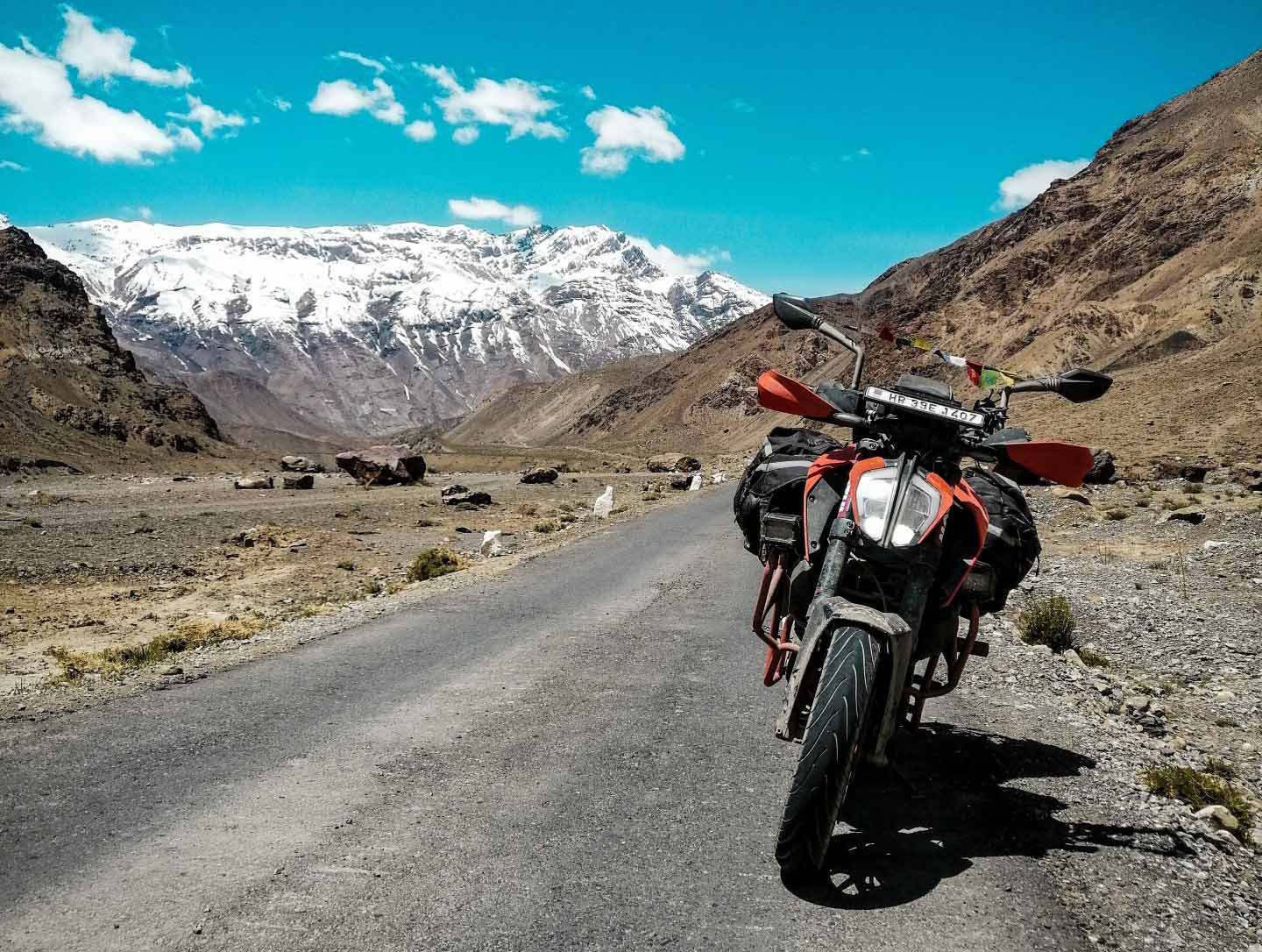
Northern India in the Himalayas on a KTM Duke. (Kabir van Wegen on Unsplash/)
Getting Lost and Breaking Down
So what about the major, more dramatic problems while out on the road?
Well, not knowing exactly where you are, heading in the wrong direction and/or experiencing mechanical failures of some sort are surely on the docket—and so too may be landslides, road closures, illness, quarrels with your riding partner(s), losing an important document or piece of technology, flat tires, and a momentary loss of sanity. In these moments, when you show up and do your best, I’d wager you’ll find that you’re a hell of a lot stronger than you think you are. Besides, just remember that either everything goes according to plan, or you are left with a great story to tell. Either way, you win.
Related: Top 10 Most Motorcycle Travel-Friendly Countries
Source: MotorCyclistOnline.com
